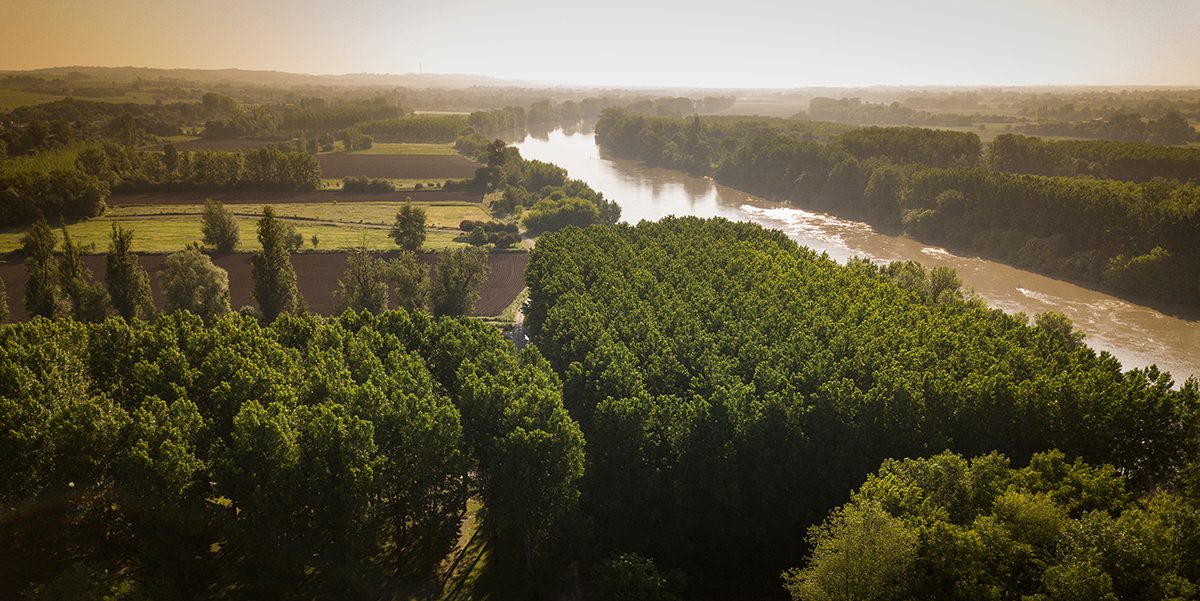
The Garonne river runs through the heart of southwest France
The recent opening of the spectacular Chais Monnet country hotel in Cognac has put southwest
France on the touring map. Jenny Southan outlines the wonders of a region which stretches from Bordeaux to the idyllic Ile de Ré, with Cognac and its new luxury destination hotel at its gastronomic heart
With environmental activists calling for 2020 to be a no-fly year, this is a good time to swap long-haul holidays for road and rail trips across the continent. And with the future relationship of the UK and Europe changing, heading to the home of the founding father of the European Union, Jean Monnet, in Cognac, France, feels apt. The Monnet family have lived in Cognac since the 19th century, and in 2018, their former mansion and distillery was turned into a luxury hotel – the first for the region.
Follow LUX on Instagram: luxthemagazine
Hôtel Chais Monnet has proved one of the most expensive hotel developments in the country in recent times, and has consequently become a destination in itself. The two-hectare former industrial site – comprising cognac cellars, warehouses and barrel cooperage – was transformed thanks to €60 million of investment from British businessman and property developer Javad Marandi, who has also put money into Soho Farmhouse in Oxfordshire (the hotel embodies much of the look and feel of this high-end British retreat from the Soho House Group).
Positioned on the banks of the Charente river in a town famous for its double-distilled brandy, the 92-room Hôtel Chais Monnet has become a lively retreat for both visitors and locals who come for hedonistic brunches, live music and cognac-infused mille-feuille. Both beautiful and striking, with a mix of renovations and new-build structures, the property has been reimagined and expanded by French architect Didier Poignant, who also worked on Le Royal Monceau and Hôtel de Crillon in Paris.
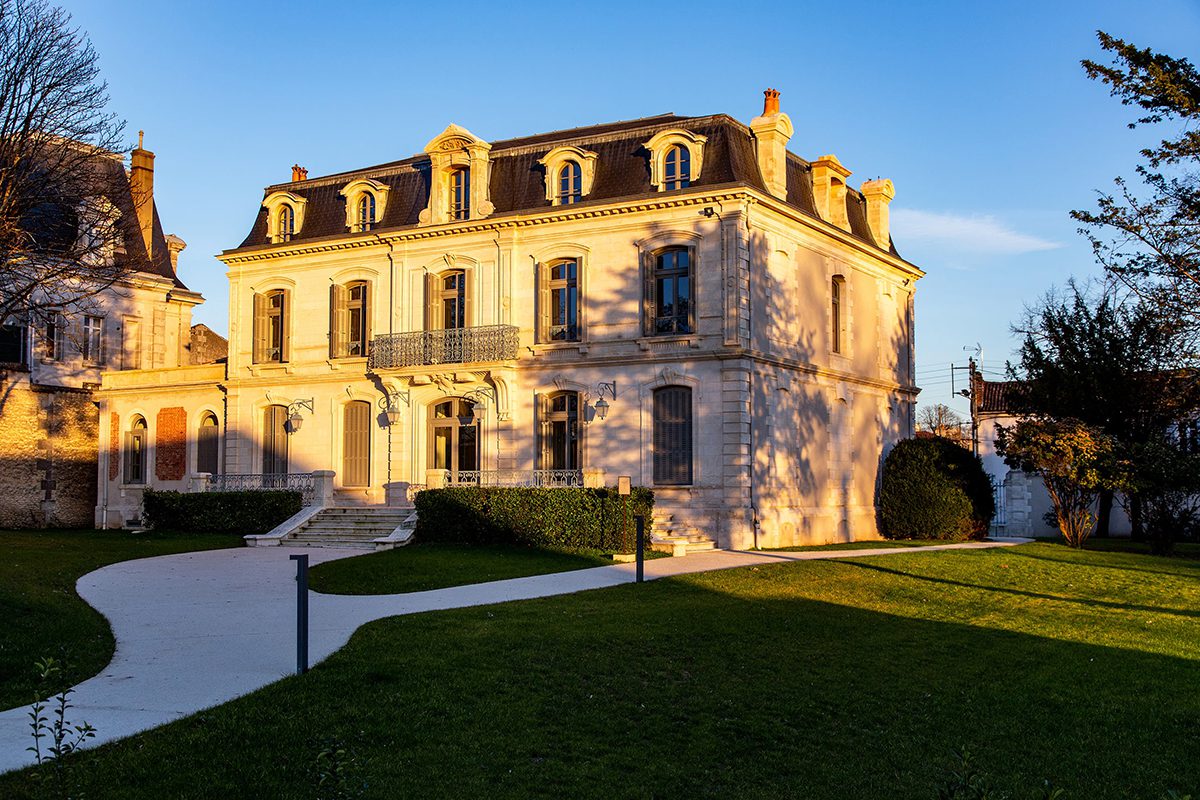
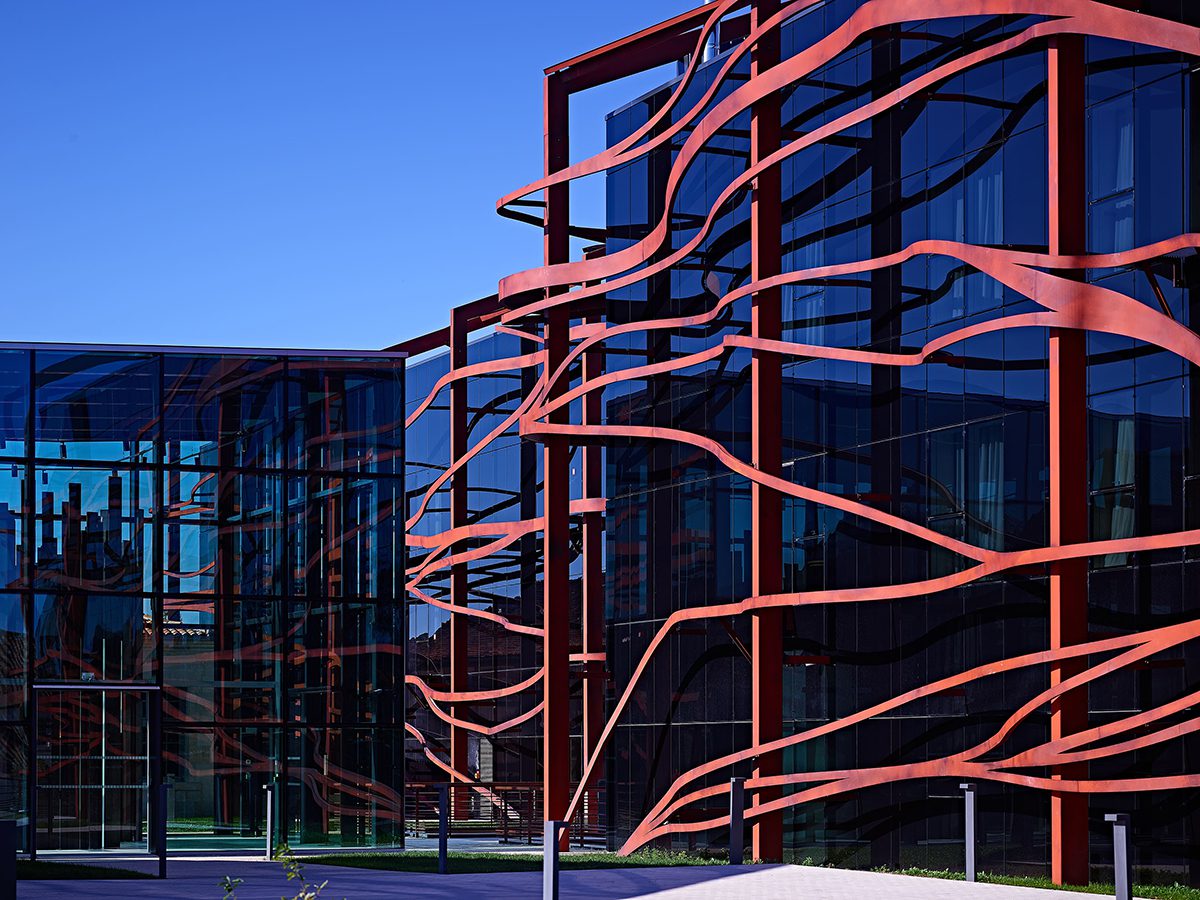
Classic and contemporary collide to stunning effect at Chais Monnet
A spa and heated swimming pool are in a glass pavilion and an ultra-modern glass building covered in iron latticework houses the majority of the rooms as well as 13 apartments with kitchens for those looking to stay three nights or more. A 2019 addition is Les Foudres, a gourmet restaurant in the old cognac-ageing cellars, a cathedral-like space that incorporates giant barrels into the architecture of the entrance hall. A rooftop bar, modern art gallery, concept store, cinema, kids’ club and patisserie have also been added. At night, each building is connected by illuminated walkways.
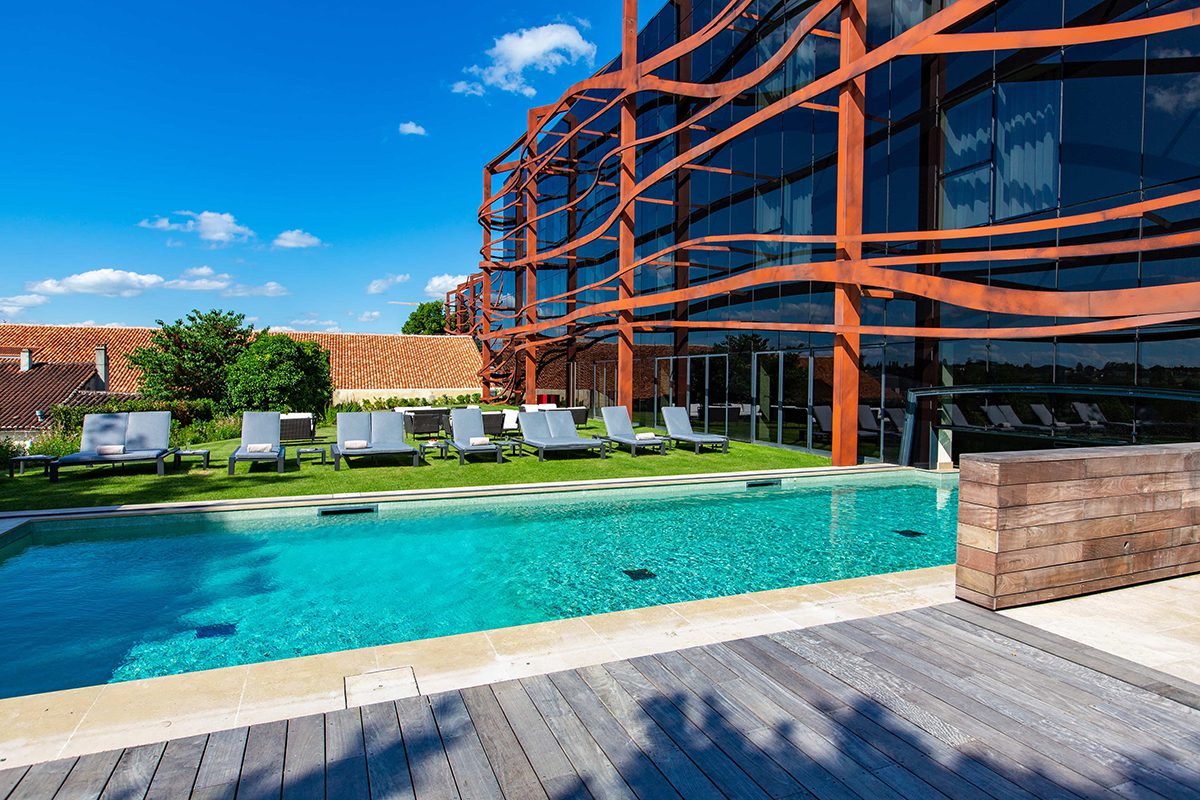
The hotel’s outdoor swimming pool
One of the many charming features of Hôtel Chais Monnet is its partnerships with local craftspeople, who have been recruited for their skills and to share their wares with guests. Some of the staff wear traditional Charentaise shoes from nearby Angoulême; handmade leather travel trunks are brought to the rooms containing croissants, yoghurt and fruit for breakfast; minibars stocked with Charente craft beer; and oak parquet flooring laid by expert carpenters. Meanwhile, the wooden beams in the La Distillerie brasserie have been brought back to life by local cabinetmakers, and diners even get their choice of locally made cutlery.
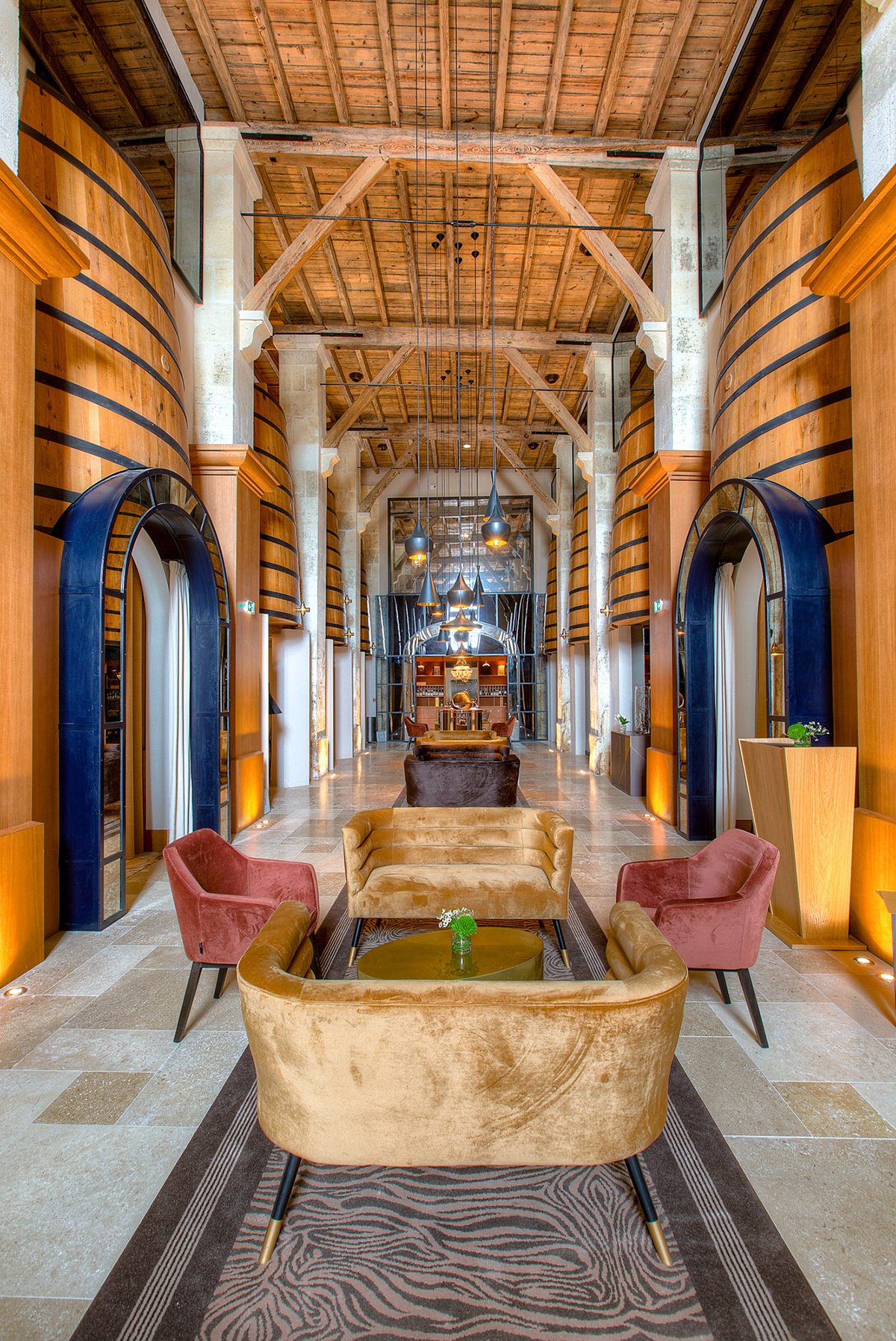
Les Foudres restaurant.
Guests checking in will be guided up to elegant, homely rooms decked out in light oak furniture (those in the old building also have original oak beams), fauteuil armchairs, Nespresso machines, Fragonard bathing amenities and free Wi-Fi. Some also have sun terraces. The Jean Gabriel Monnet suite (named after the French political economist, diplomat and founding father of the European Union), is the largest at 180sq m, and has a lounge, butler service, a treatment room for massages and a marble bathroom.
Read more: Inside The Garrison Club at Chelsea Barracks, Belgravia
Once you have unpacked, a trip down to the Angélique Café for afternoon tea or Le 1838 bar are de rigueur. Located in the Monnets’ original cooperage – where barrels used to be made – the latter lists more than 400 types of cognac (famous houses such as Hennessy, Rémy Martin and Courvoisier are all close by), and also regularly hosts jazz and blues bands. Champagne is also on the menu, of course, as are a variety of innovative cocktails such as The Road Jack, which is made from Cognac VS, local aperitif Pineau des Charentes, dry white wine, lime juice, lemon thyme syrup, honey and sparkling water. For those who don’t like brandy, there is also Grey Goose vodka, which is served in nightclubs across the planet but rarely acknowledged as being from Cognac.
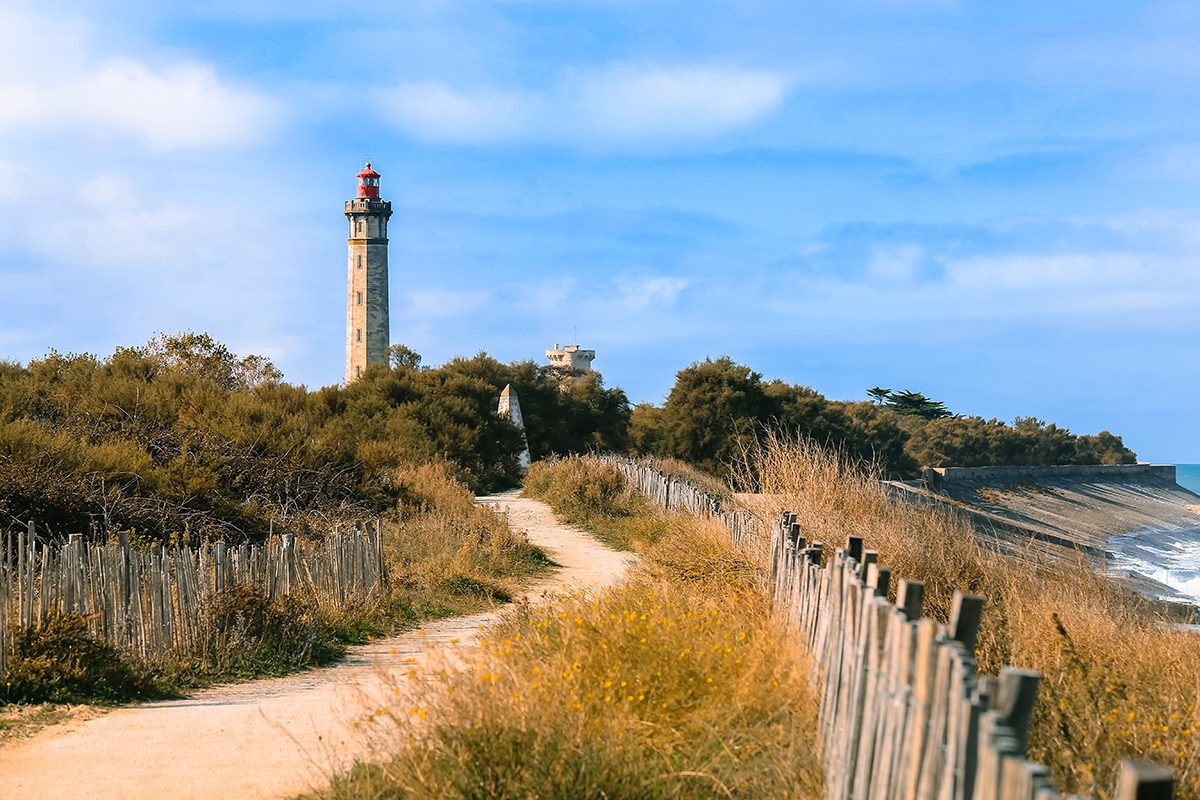
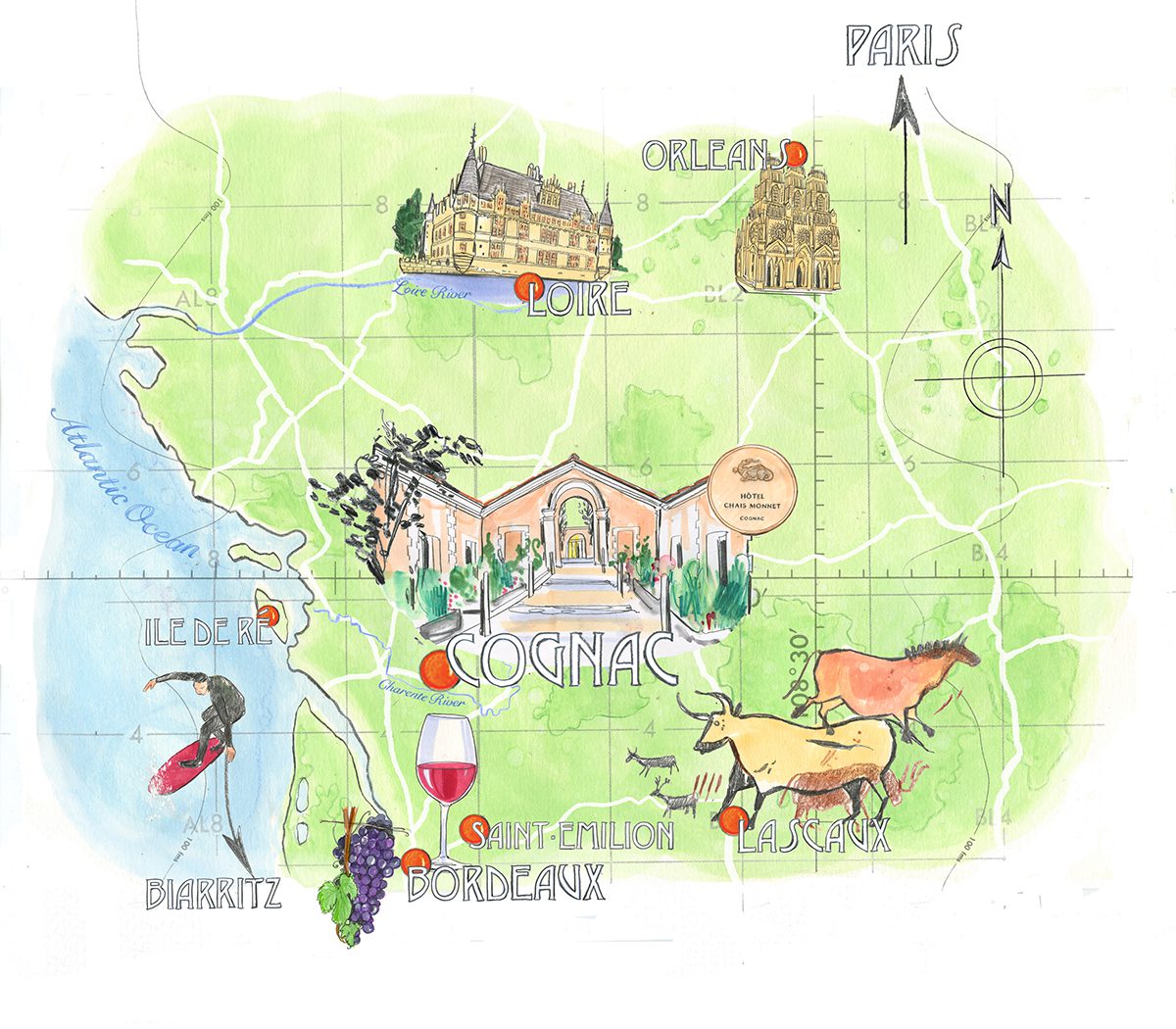
The Phare des Baleines lighthouse at Ile de Ré, and the region surrounding Cognac
A stop on the Santiago de Compostela pilgrimage route, Cognac is a small town of approximately 20,000 people, surrounded by six different vineyard areas within the appellation d’origine contrôlée. The spirit has become famous for its blend of eau de vie made from grapes from different locations, although the best use Petite and Grande Champagne grapes. Once the colourless alcohol has been distilled in copper pots, it is poured into oak barrels to mature (the wood imparts colour and flavour). With a history of exports to the UK, the makers typically label the bottles with English acronyms, depending on how long it has aged – VS (very special), VSOP (very superior) and XO (extra old, meaning at least six years in the barrel).
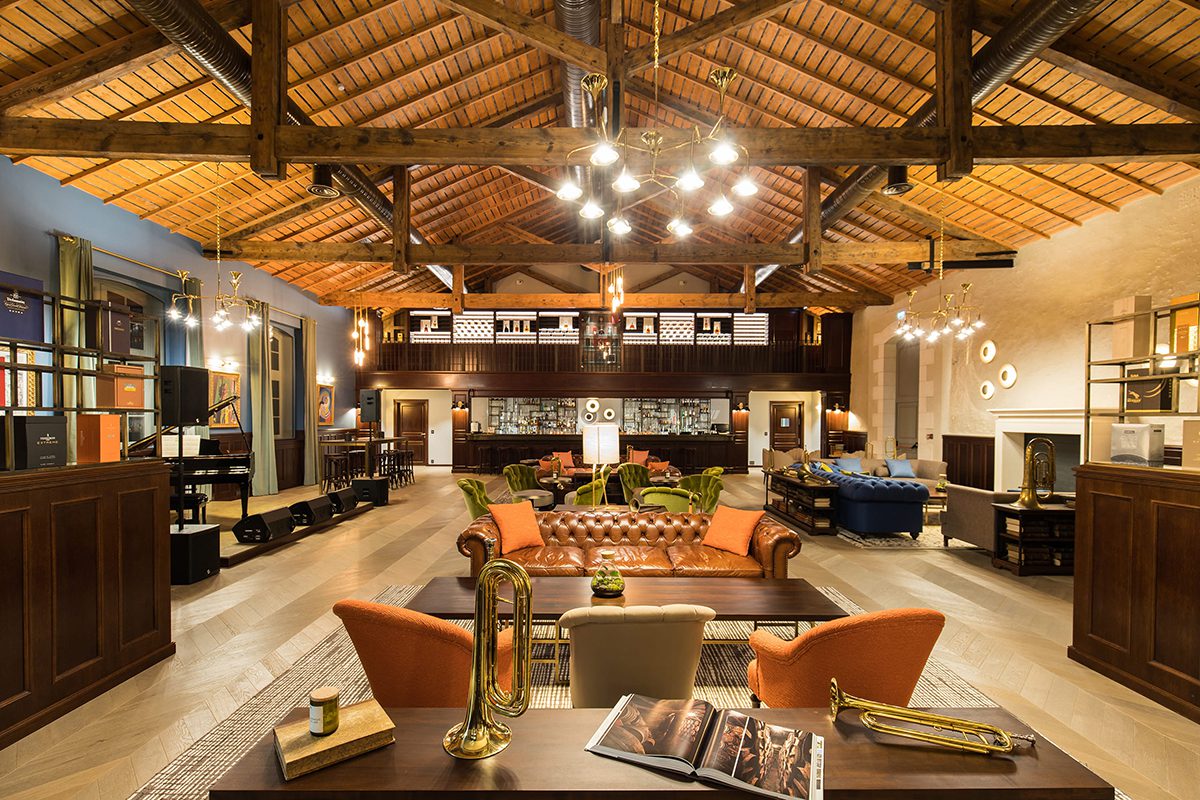
Le 1838 cognac bar
If you’re in Cognac, it’s a prerequisite to do some tastings, and some of the production houses have welcome centres where you taste samples. Next door to Hôtel Chais Monnet is Martell, which has a contemporary art foundation and rooftop bar, while the Royal Château de Baron Cognac, birthplace of King François I, offers tours of its cellars. The hotel itself can also arrange experiences for guests – from bike rides, horse riding and vineyard tours in its vintage Citroen 2CVs, to truffle hunting, golf and half-day excursions through the countryside in a luxury sports car. There is also a lake within the Grande Champagne vineyards where you can go waterskiing. In July, there is the annual Cognac Festival with live bands and fisherman’s huts.
Although there is plenty to do within Cognac itself, it is also well worth doing a bit of exploring. About an hour’s drive south-east is Champagne, while Bordeaux, which makes an excellent day trip, is 1.5 hours south. Being one of the best wine-producing regions in the world, with renowned vineyards such as Château Smith Haut Lafitte, tastings should undoubtedly be part of any itinerary. However, the city itself is worthy of time, too, with its beautiful neoclassical architecture, buzzing central market (hawking oysters, cheese and baked goods) and pedestrian quays that run alongside the Garonne river. The maritime Musée Mer Marine opened in 2019 by the former docks; and there is also the futuristic, snail-shaped wine museum, La Cité du Vin, which was designed by XTU Architects.
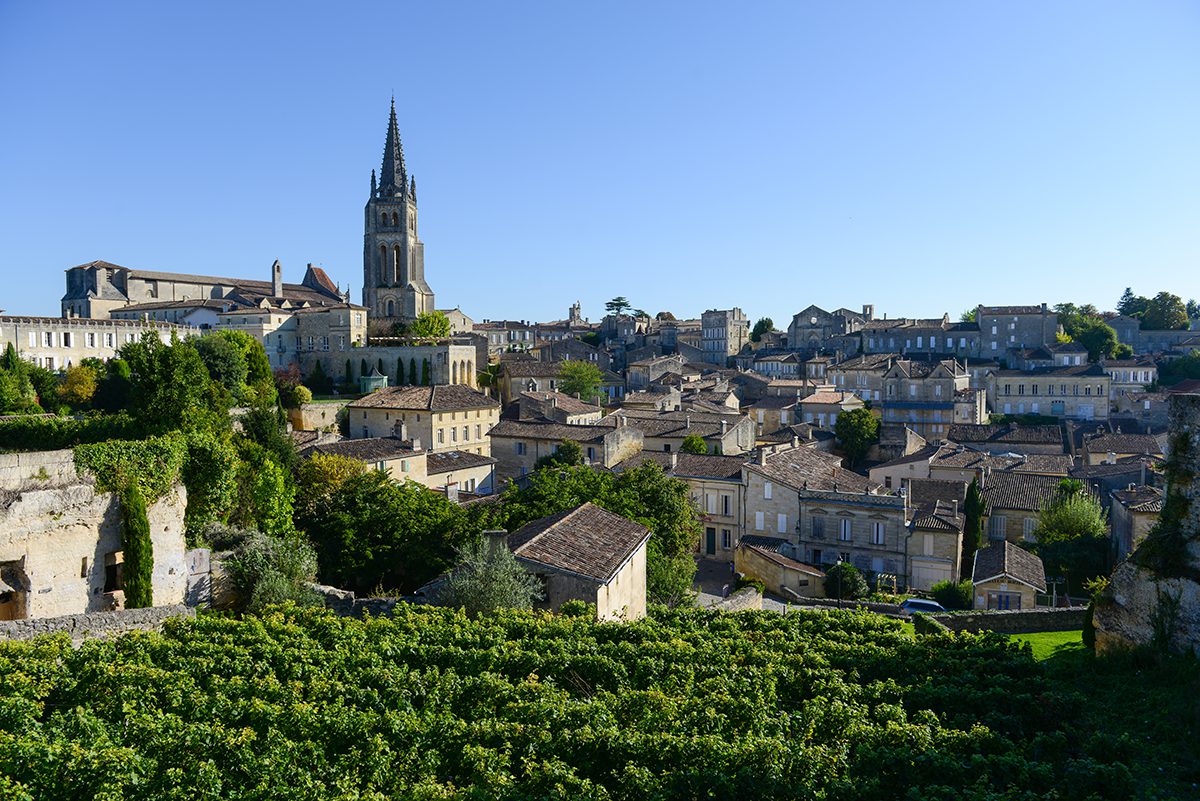
The legendary vineyard town of Saint-Émilion, home to Château Cheval Blanc, is a quick day trip from Cognac
Not far from Bordeaux is the picturesque medieval town of Saint-Émilion, which has in excess of 800 wine producers, some of the most famous Grand Cru estates being Châteaux Cheval Blanc, Angélus and Figeac. Another, Château Clarisse, has more than 20 hectares of vineyards growing merlot, cabernet franc and carménère grapes. In 2019 it produced its first organic vintage after switching to a more environmentally respectful viticulture.
Read more: Sea2See recycles marine plastic to create fashionable eyewear
Further afield are the Dordogne’s famous Lascaux caves. Discovered in 1940 by a group of teenagers, the UNESCO World Heritage Site encompasses prehistoric caverns stretching 235m, and decorated with hundreds of Palaeolithic paintings of animals and plants native to the region 20,000 years ago. They are considered to be the work of many generations of humans living in the Old Stone Age. The Hall of Bulls stands out for its images of bulls, horses, stags and a bear, which can be clearly seen on the walls of the ancient rock chamber. However, visitors will have to make do with seeing facsimiles in Lascaux II, as the real caves have been closed off since 1963.
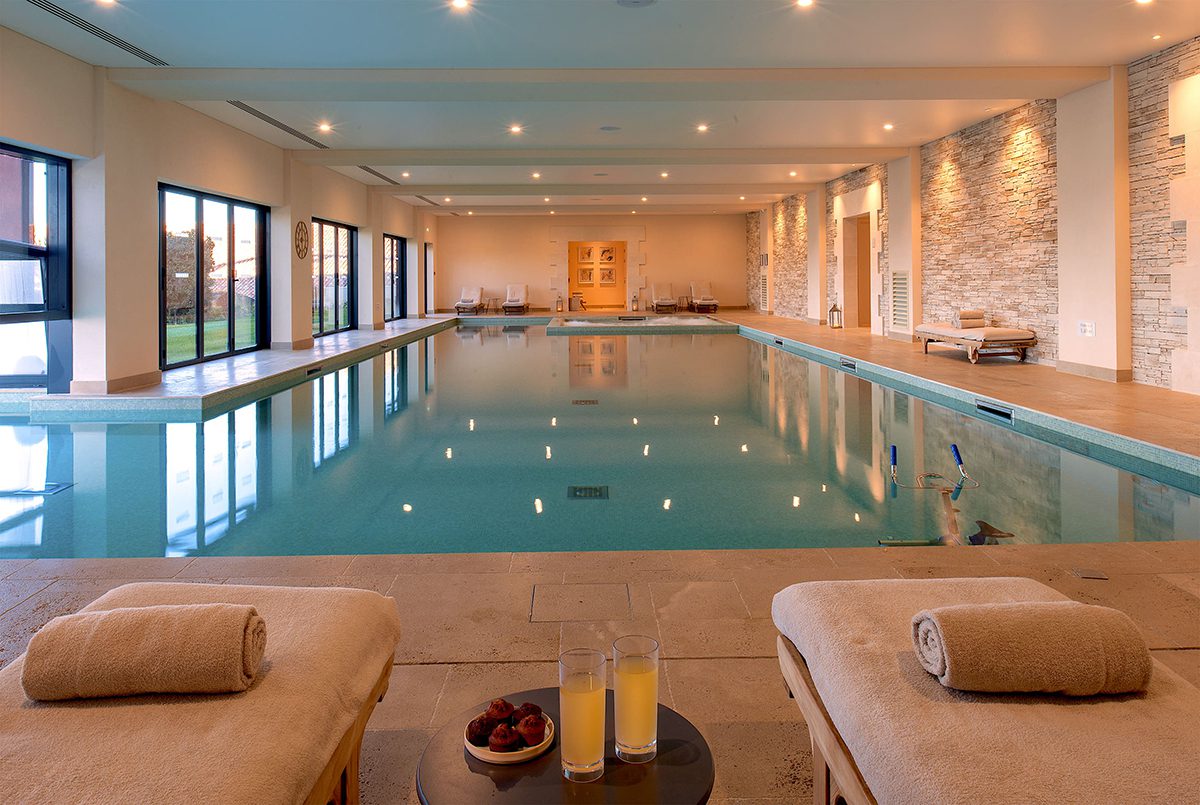
The hotel spa swimming pool
Following the road an hour and a half north of Cognac to the Atlantic, is Ile de Ré. As well as sweeping dunes, golden beaches and sweet-smelling pine forests, this chic little hideaway boasts delectable, cheap seafood (mussels and oysters are a staple here) while sea salt is collected in pans by the marshes. The island also has miles of cycle paths allowing you to navigate its 30km-by-5km area on two wheels in a couple of hours. Plage de Gros Jonc is the place to head for surf lessons, and the capital of Saint-Martin-de-Ré, behind its 17th-century walls, has inviting cafés and restaurants.
Hôtel Chais Monnet is the perfect base to return to at the end of a day’s excursion. Passing through its gates in the evening, guests will find buildings connected with illuminated walkways, freshly turned-down beds and platefuls of lobster risotto waiting for them at La Distillerie. For those with aching limbs after a day’s exploring, the spa is open until 9pm for restorative ‘Back from the vineyards’ foot massages. Although many years have passed since its days as a functioning cognac distillery, at Chais Monnet, enjoying the fruits of this endeavour while reclining on a Chesterfield sofa by the fire, is surely the only way to round off the night. Sante!
Find out more: chaismonnethotel.com
This article was originally published in the Spring 2020 Issue.



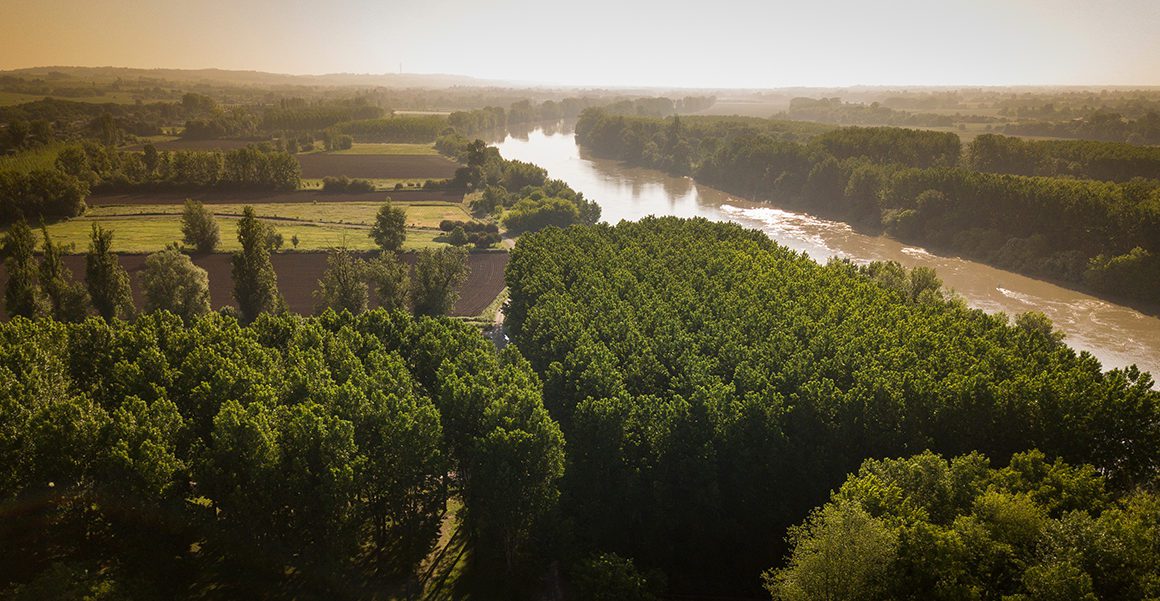
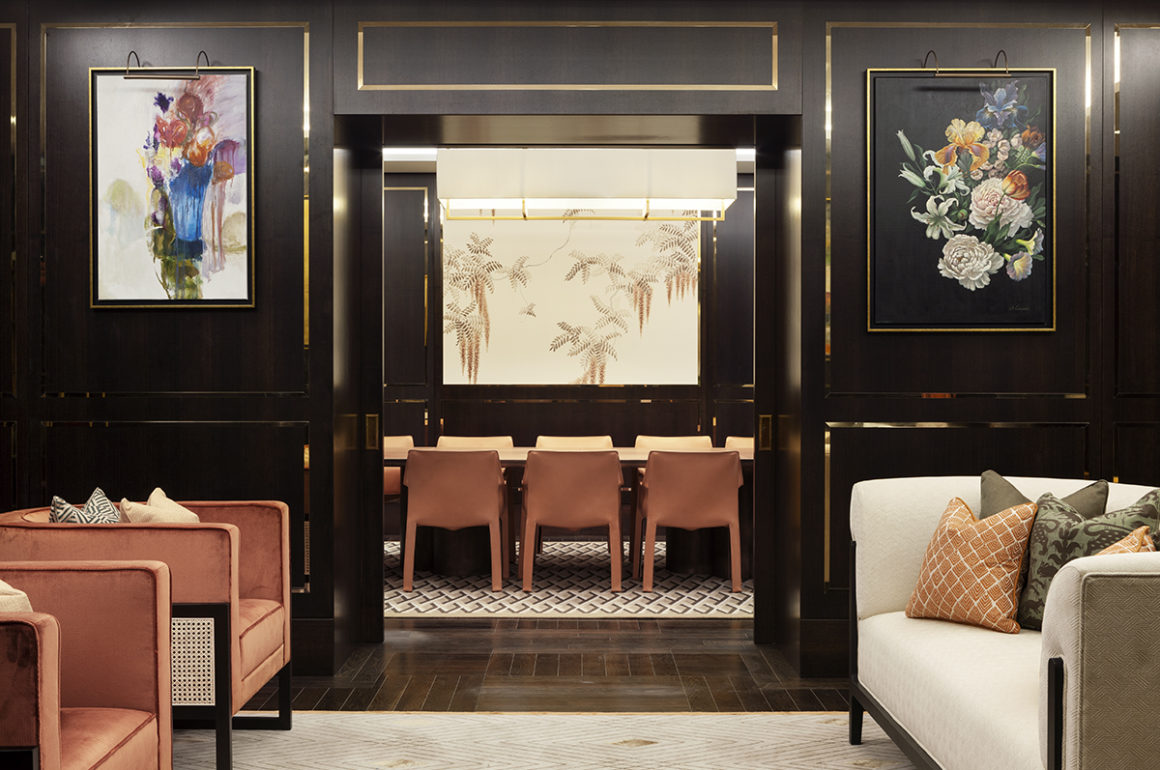
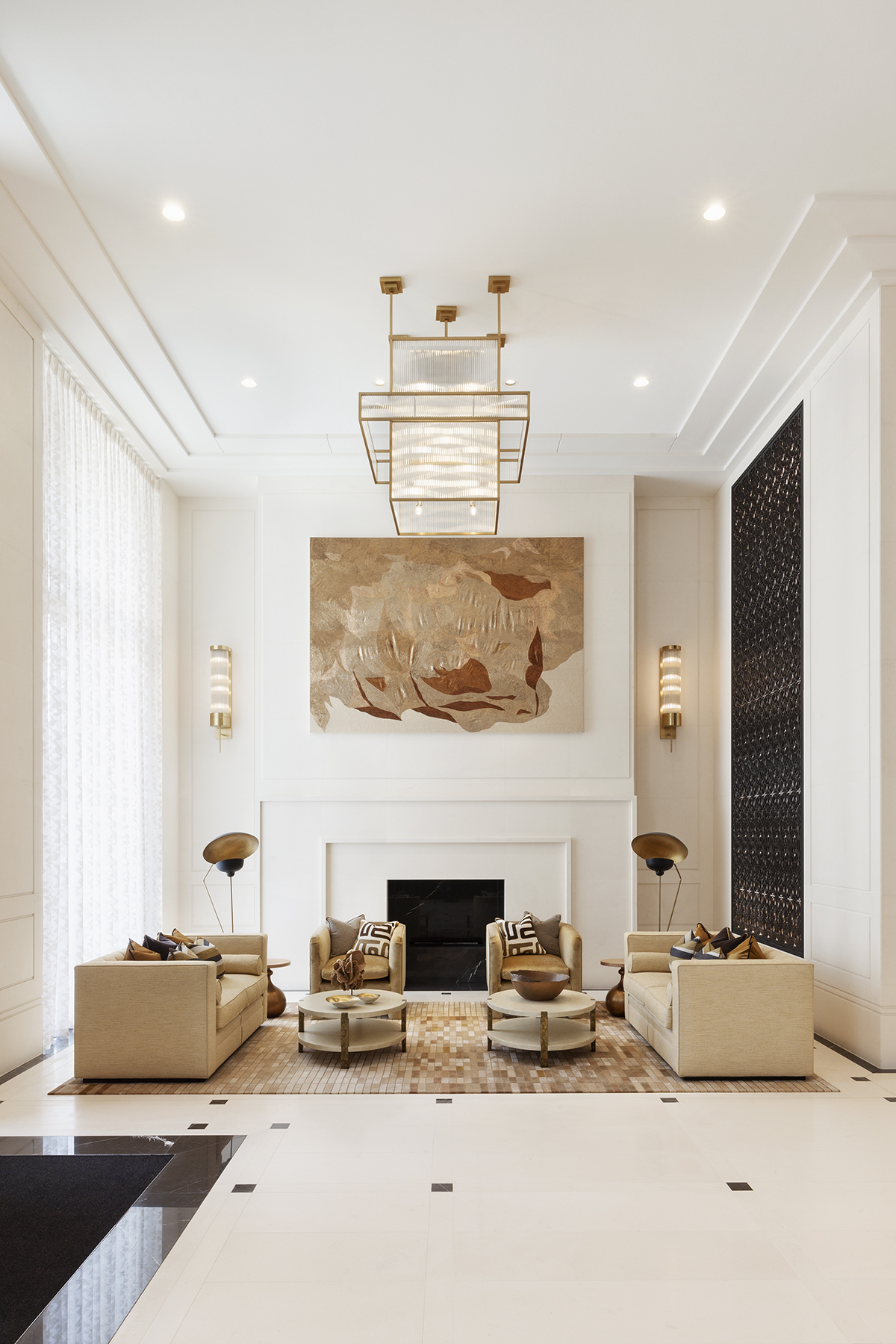
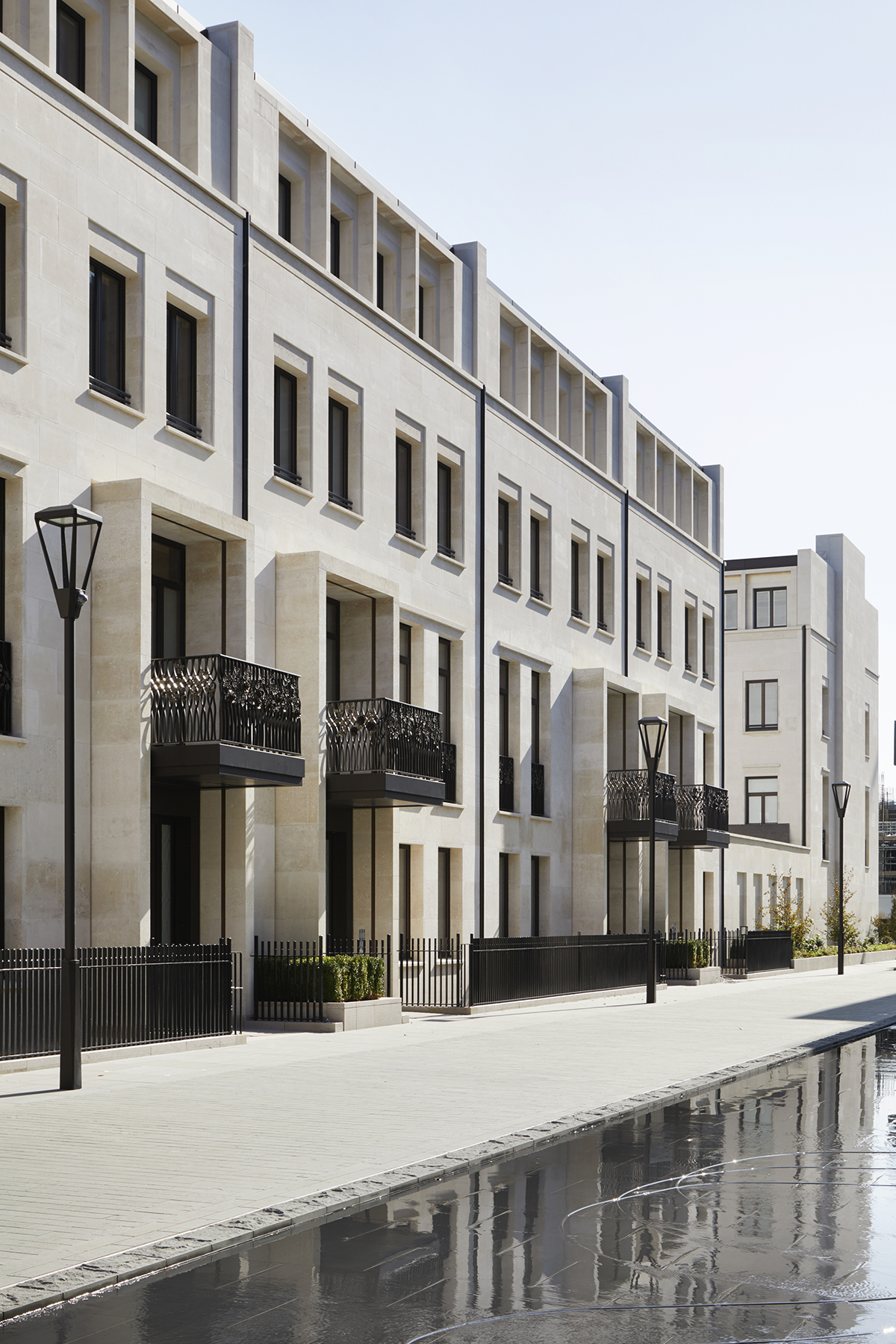
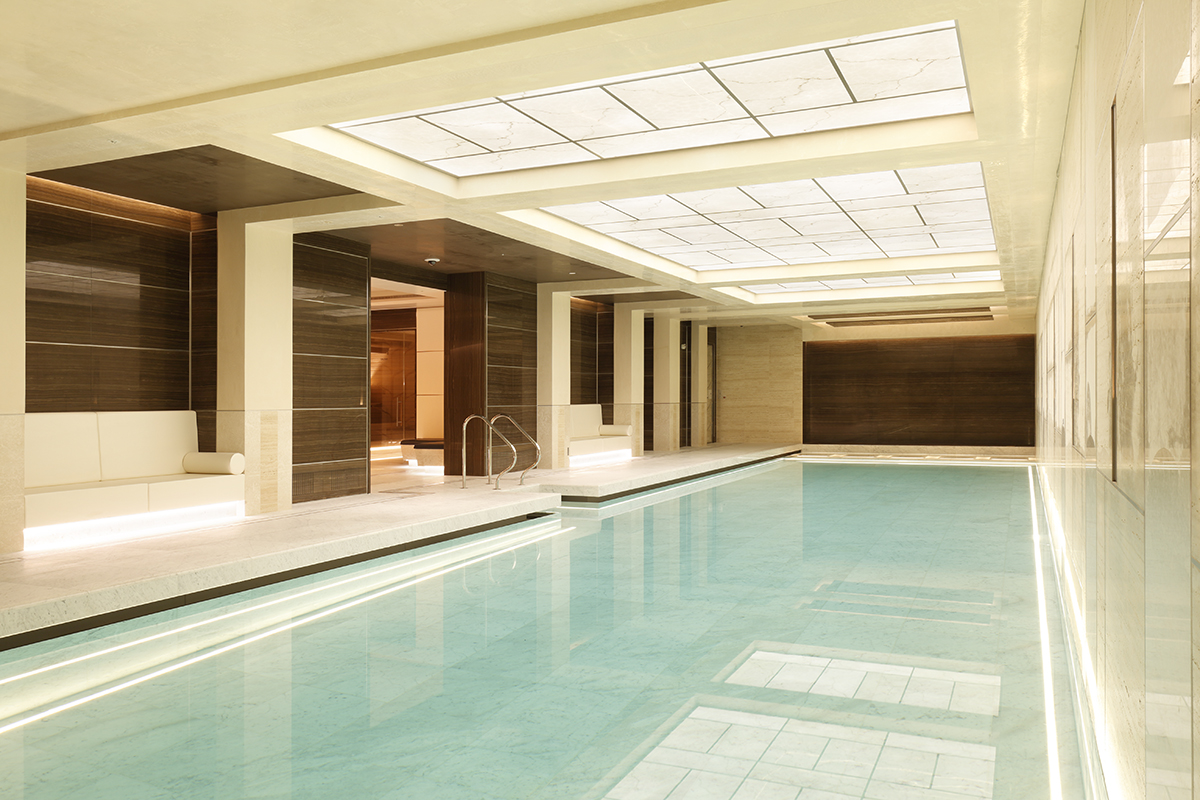
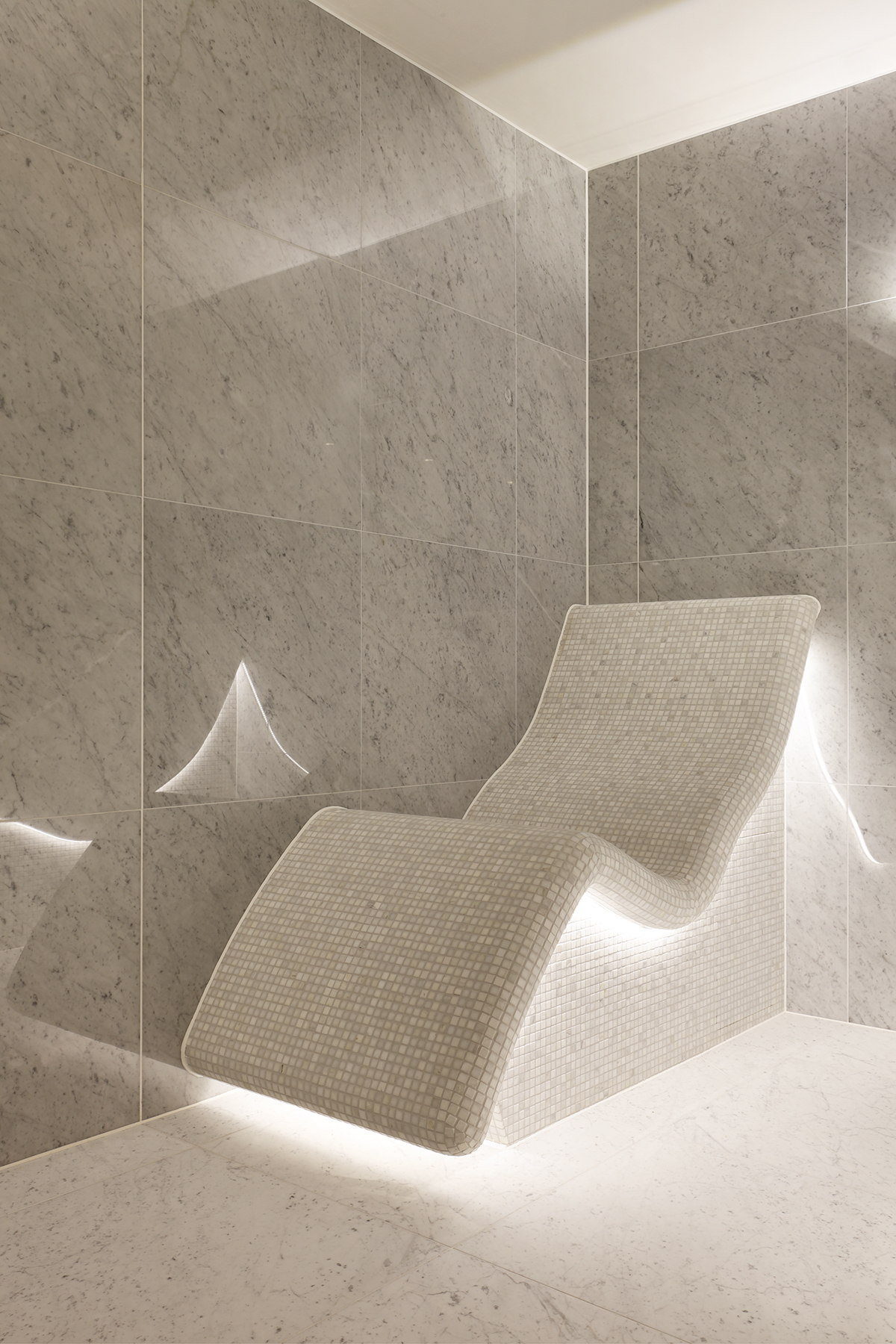
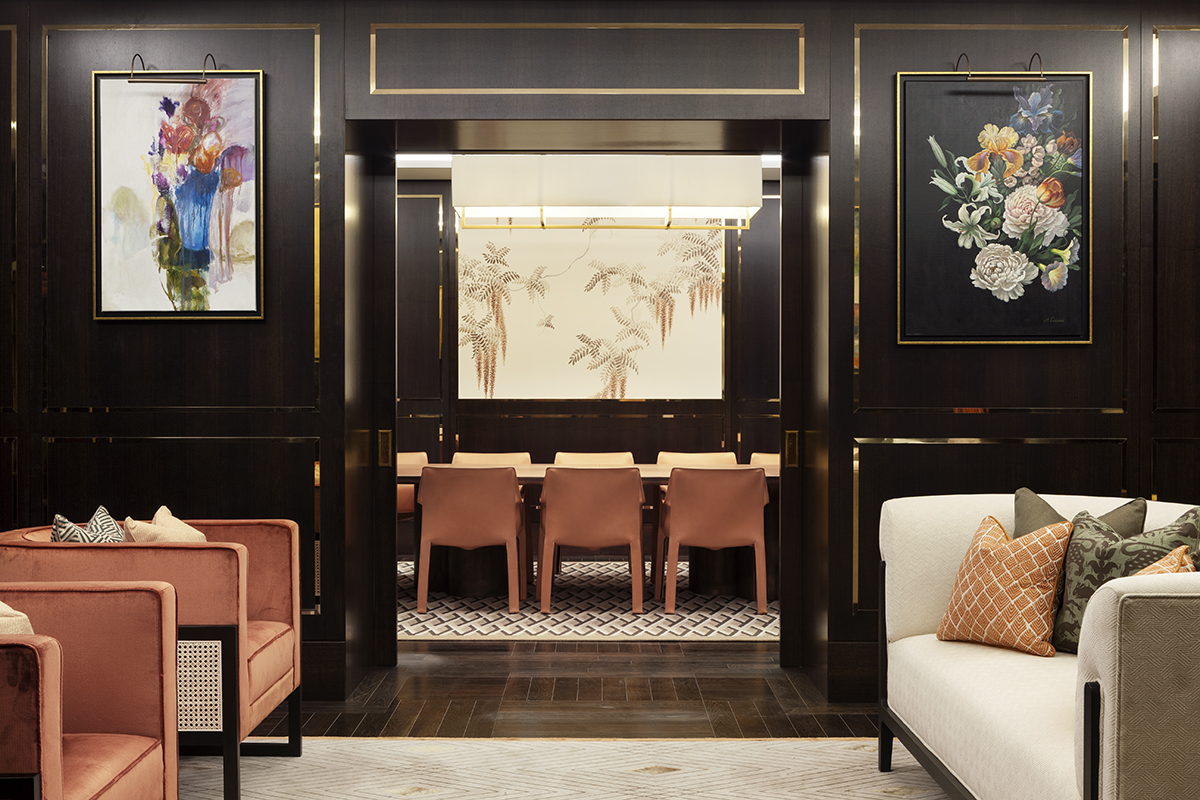
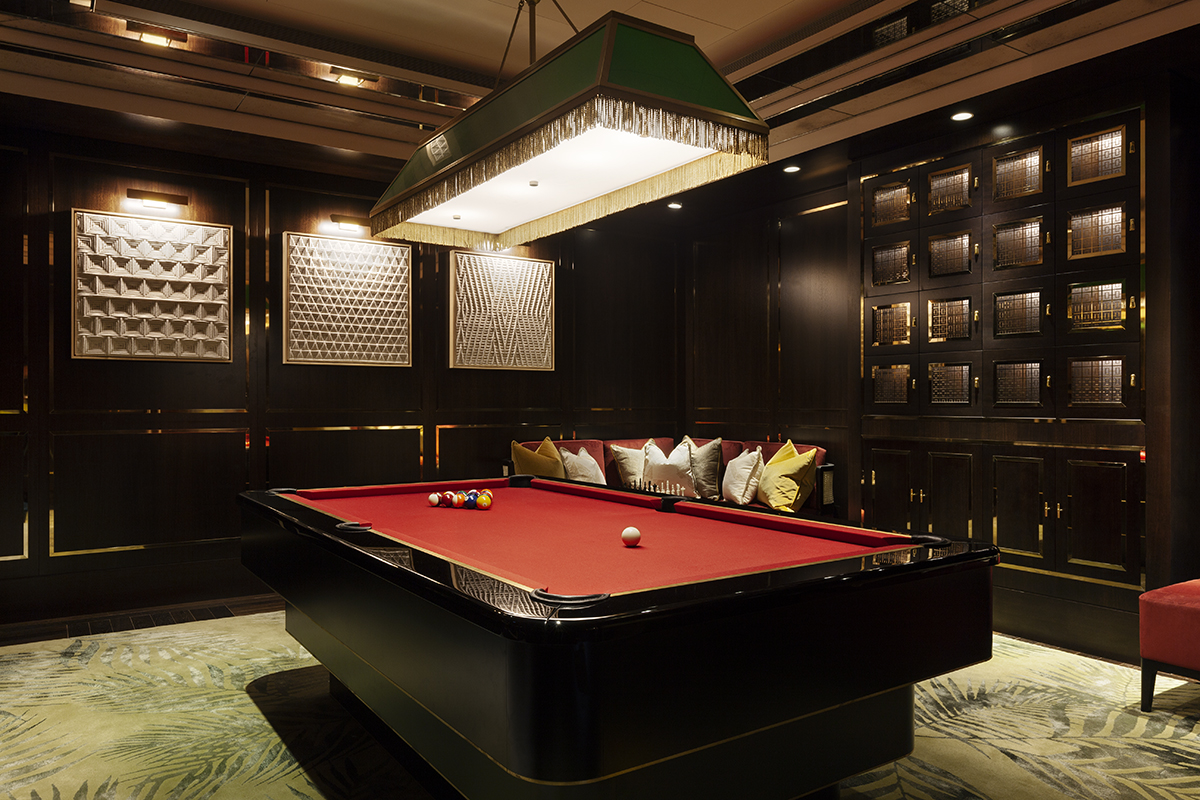
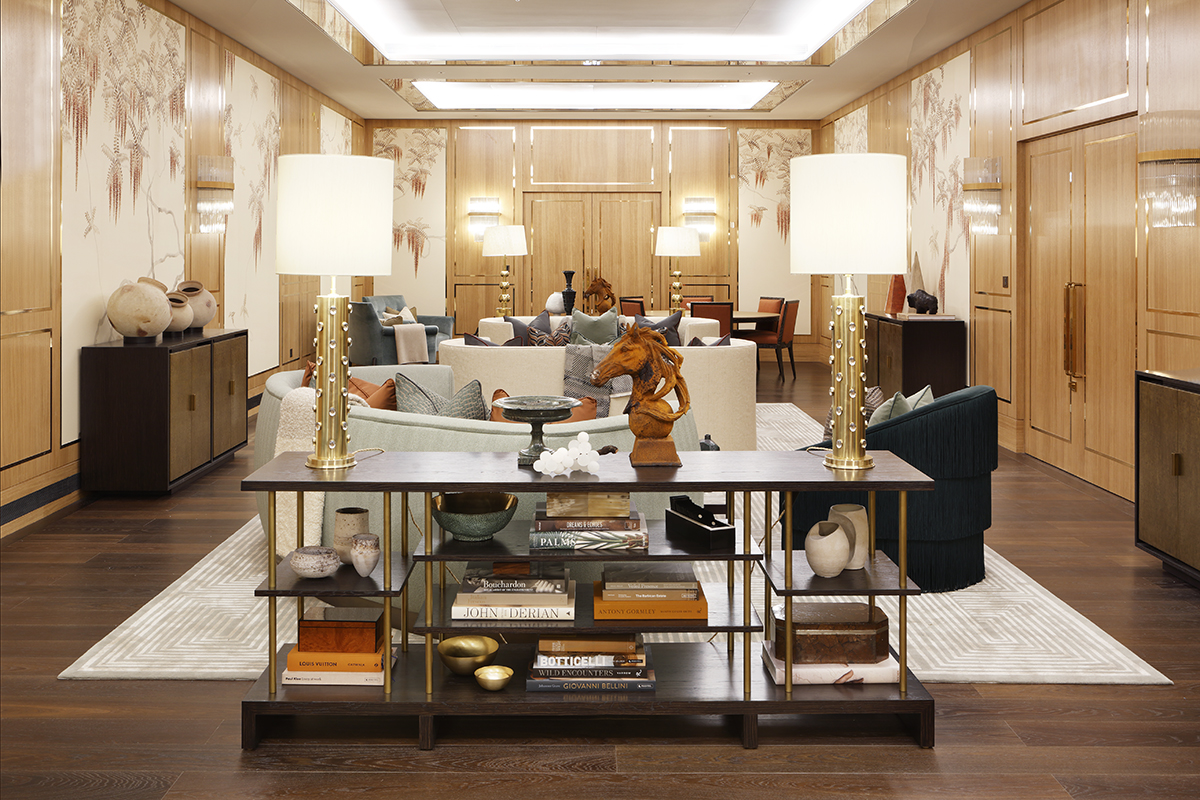
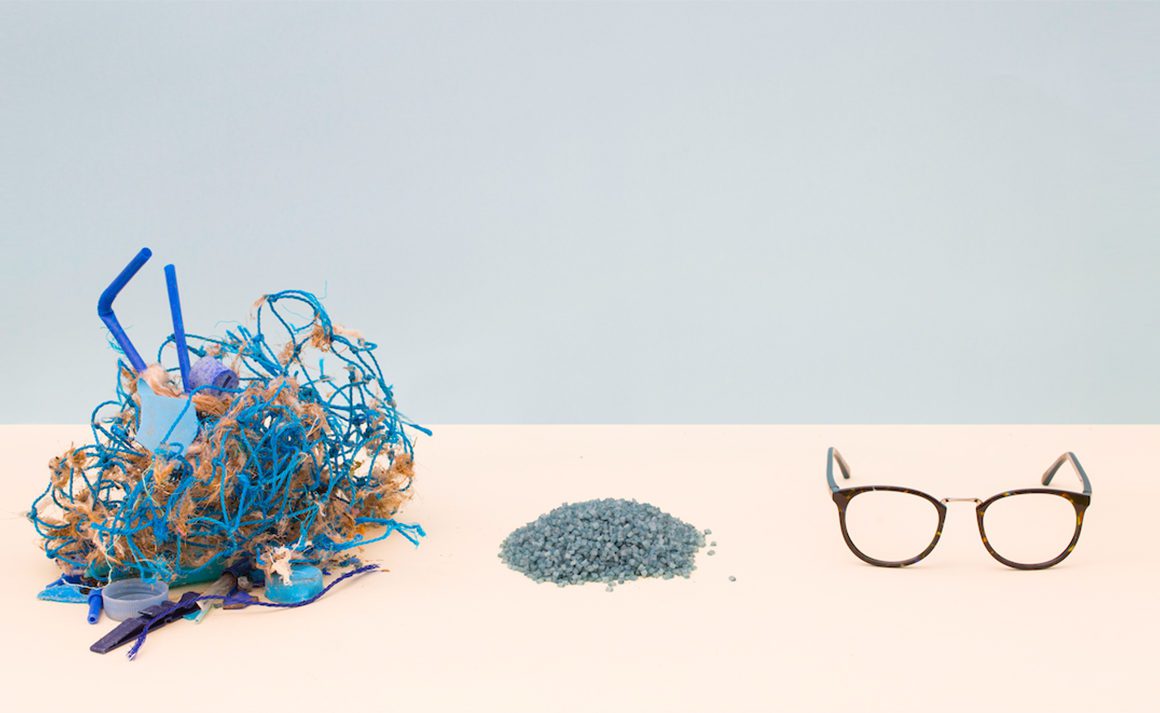

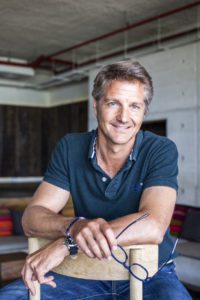
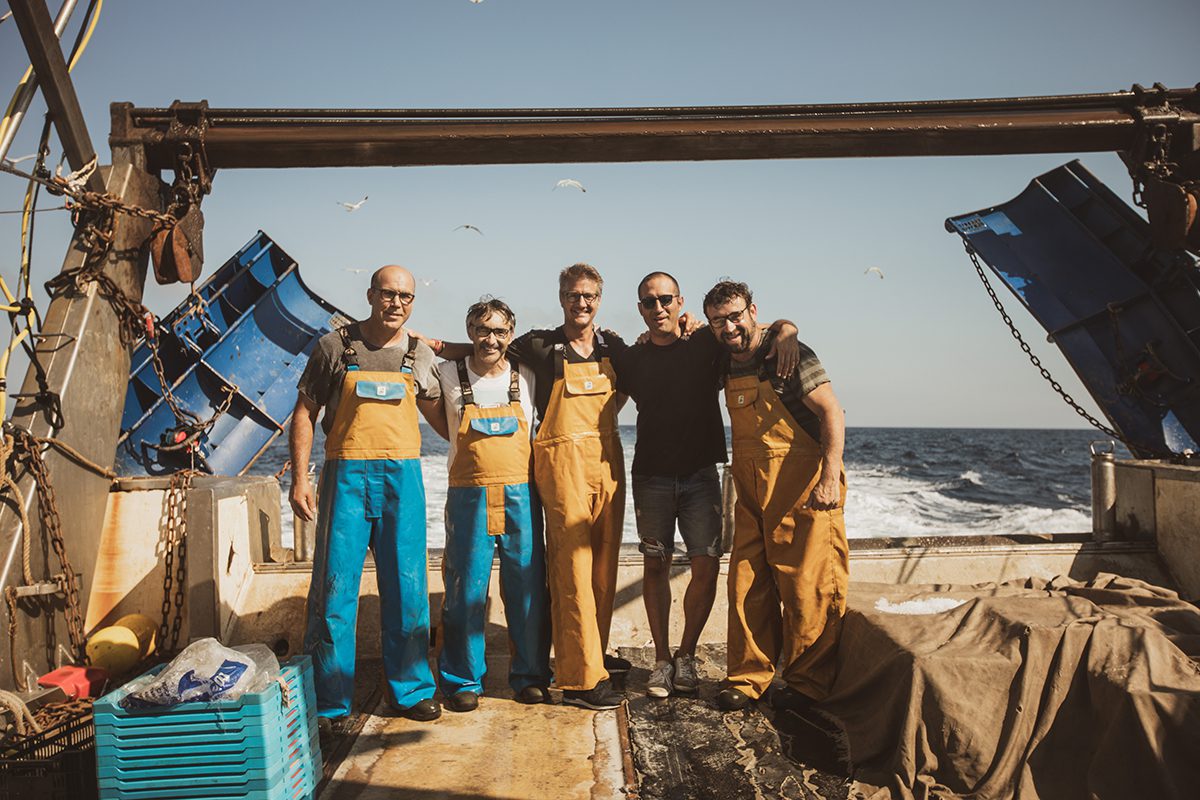
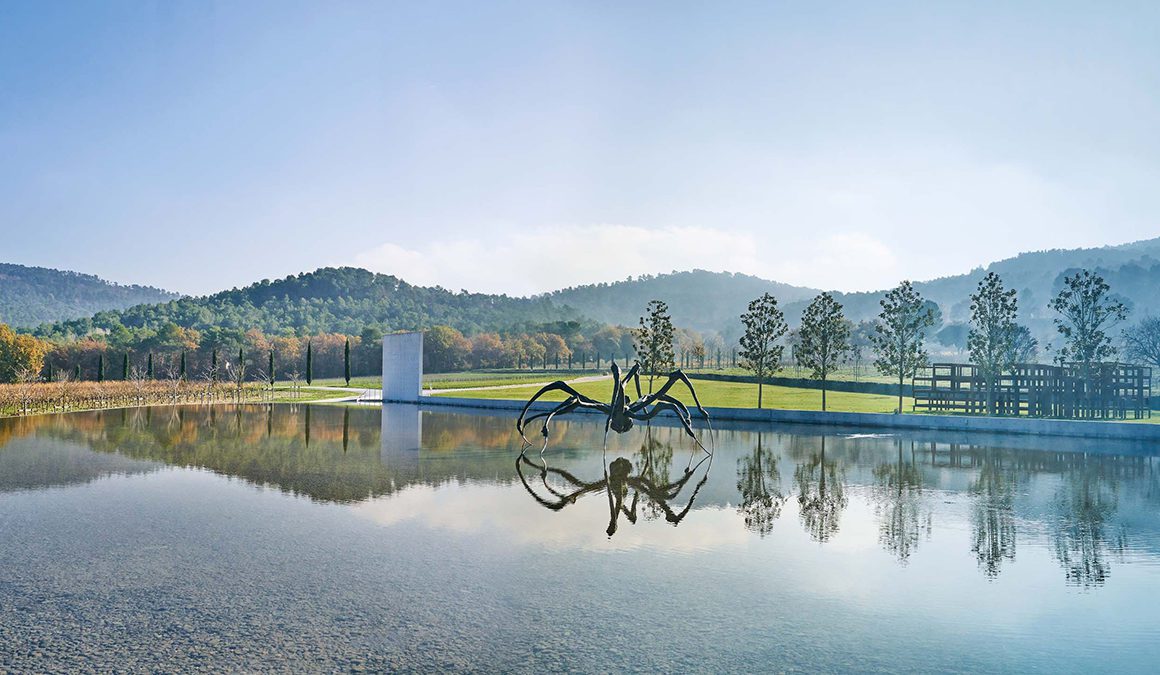
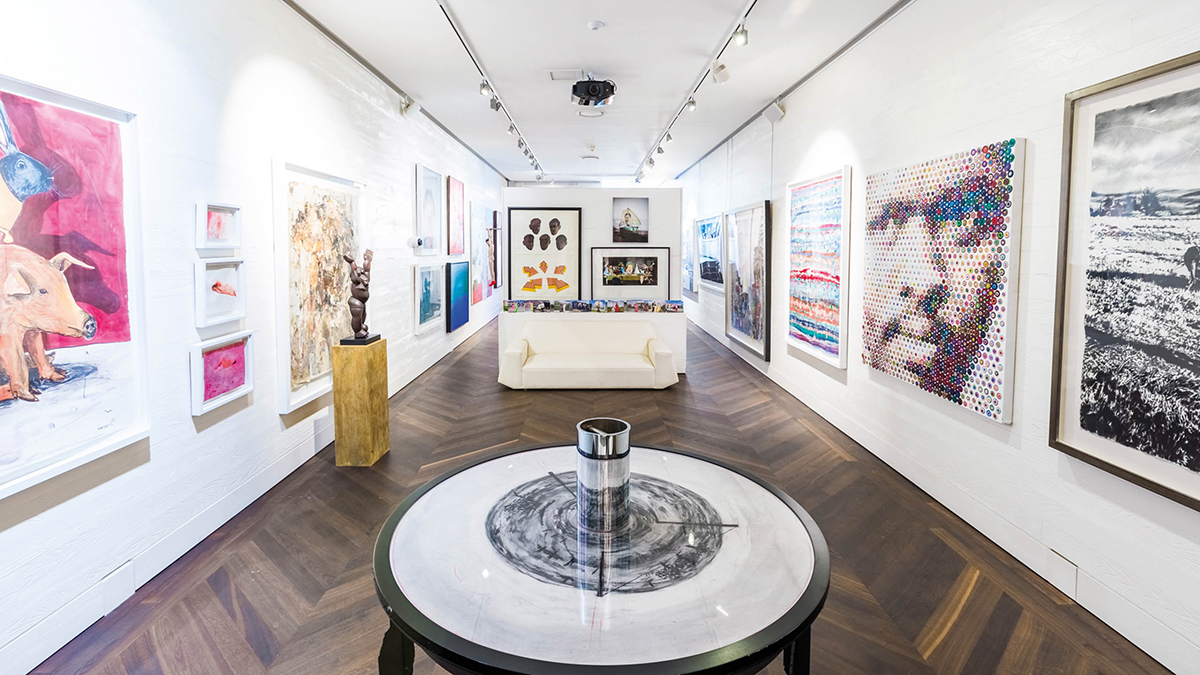
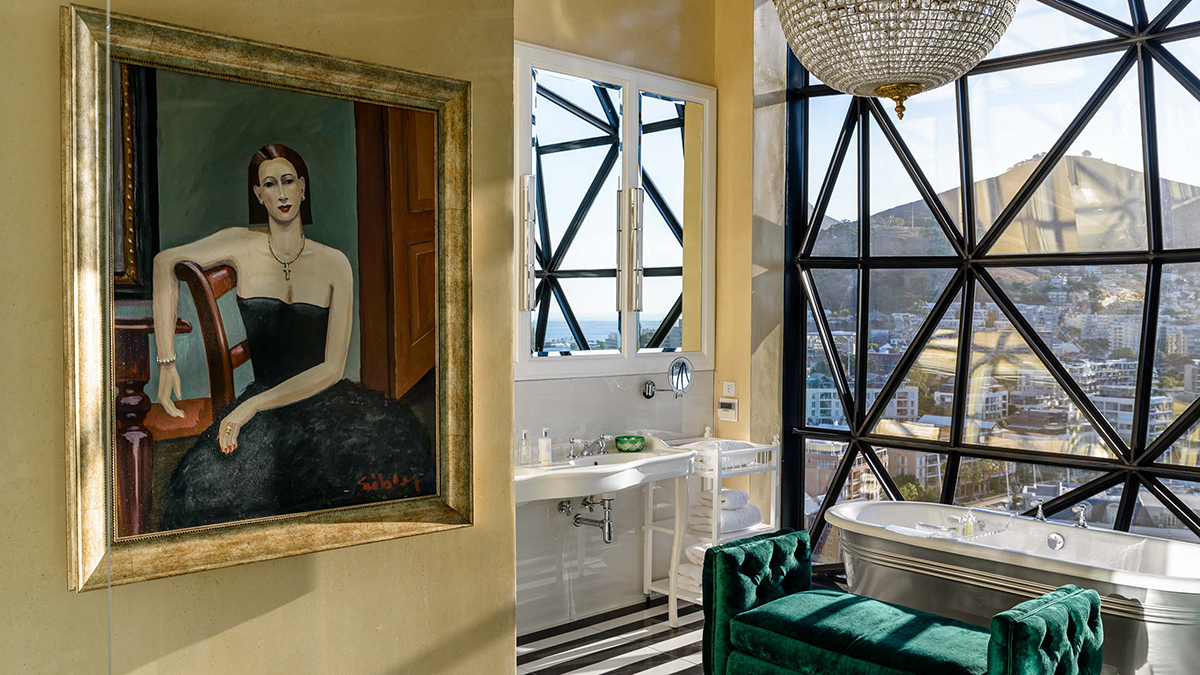
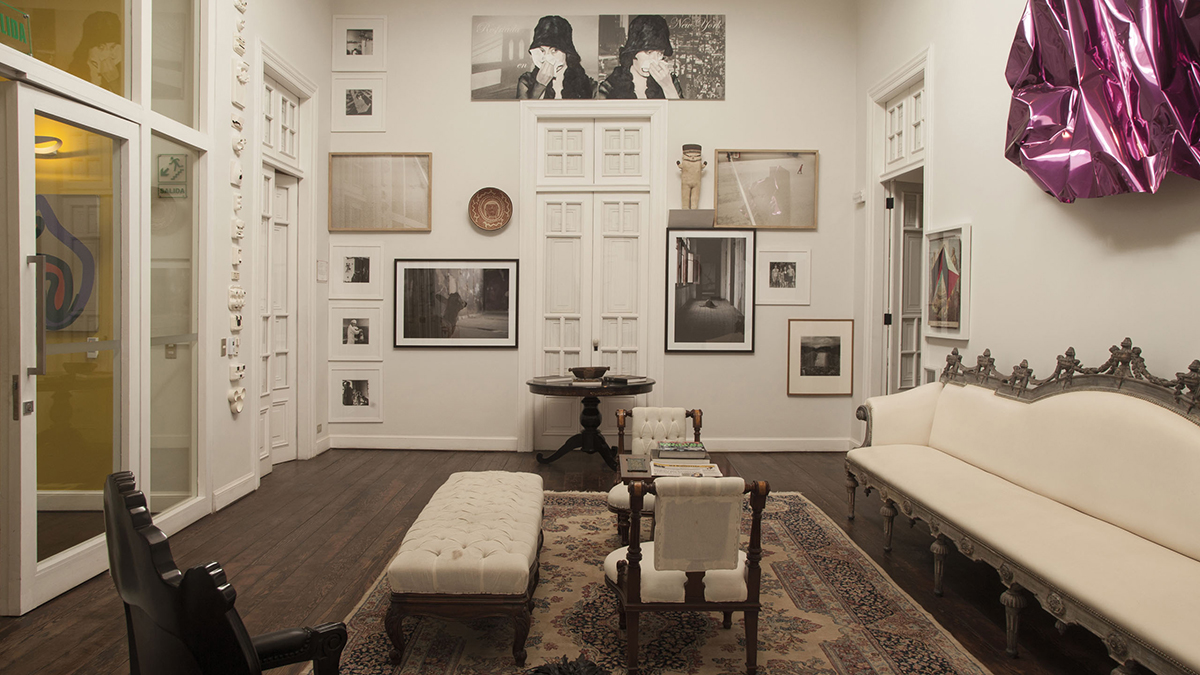
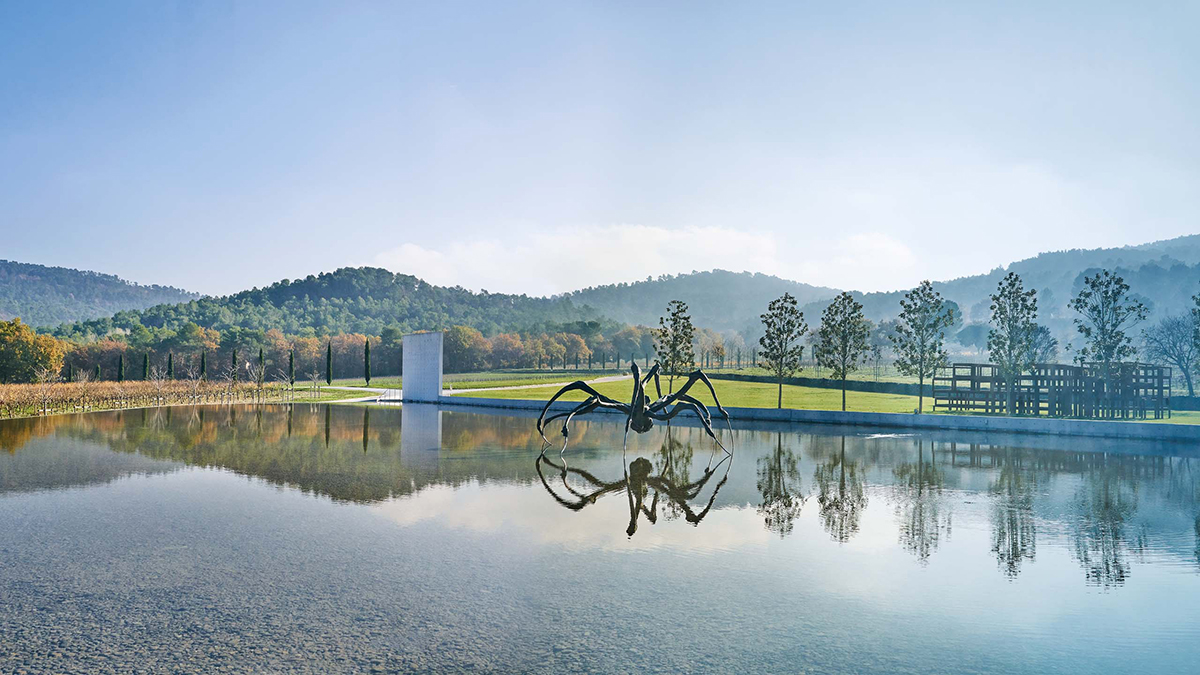
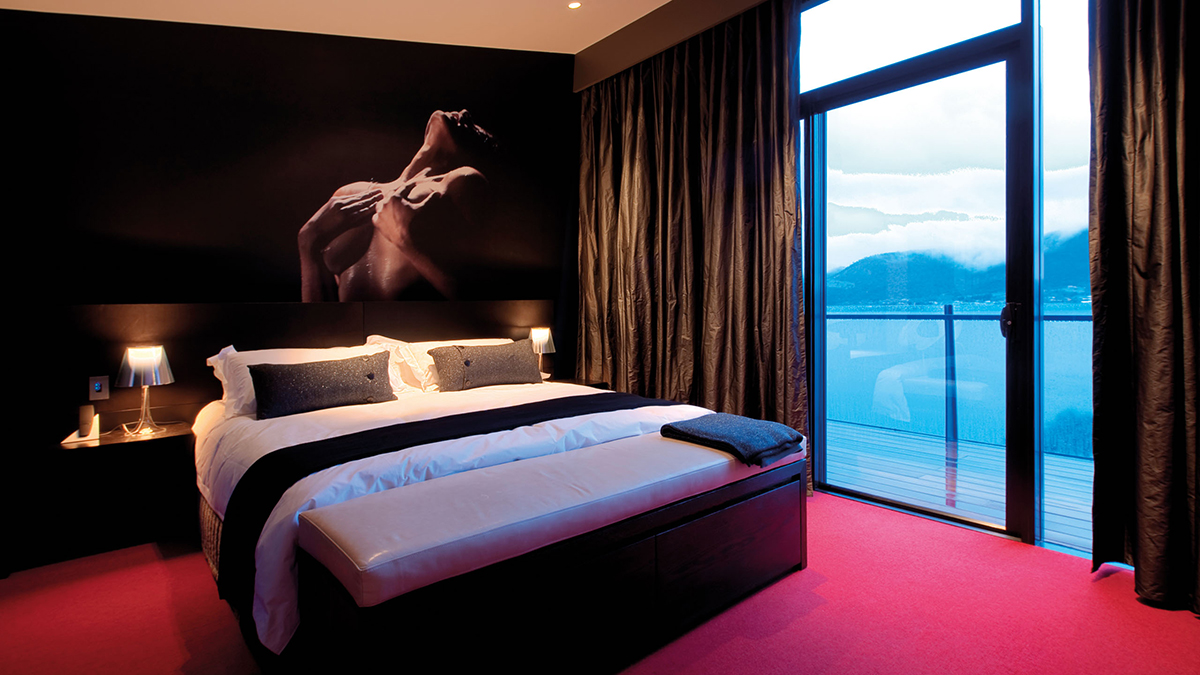
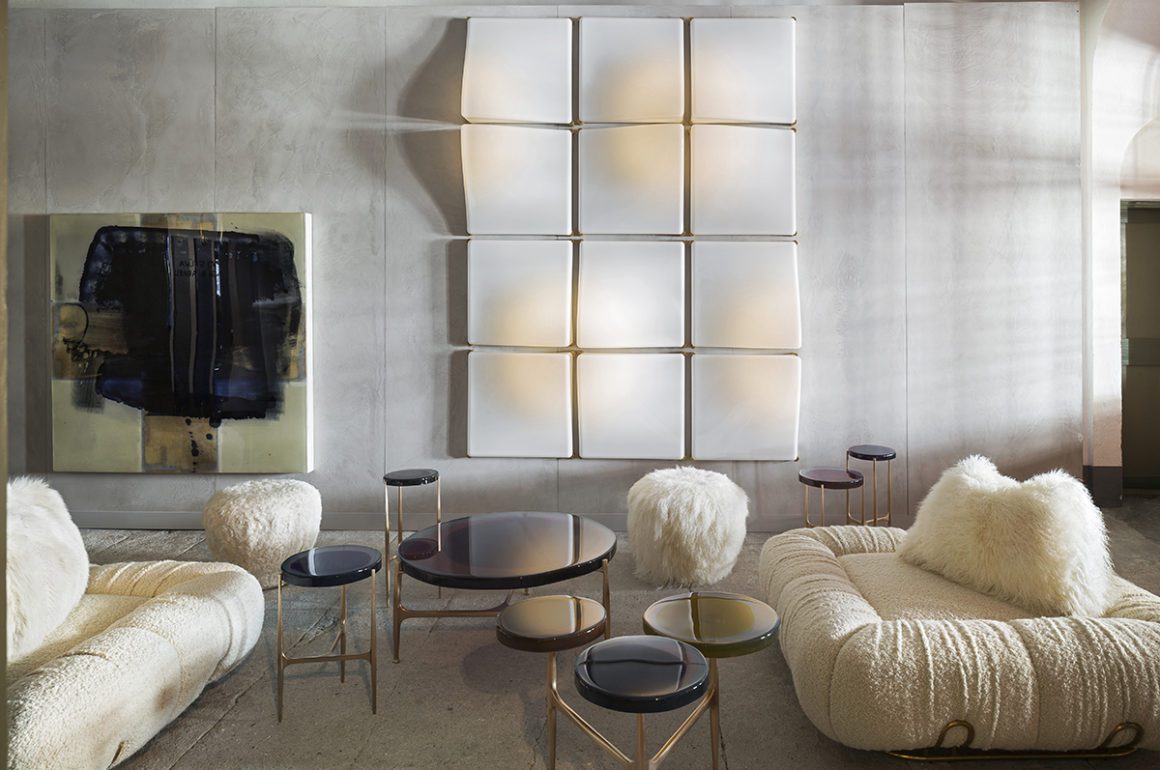
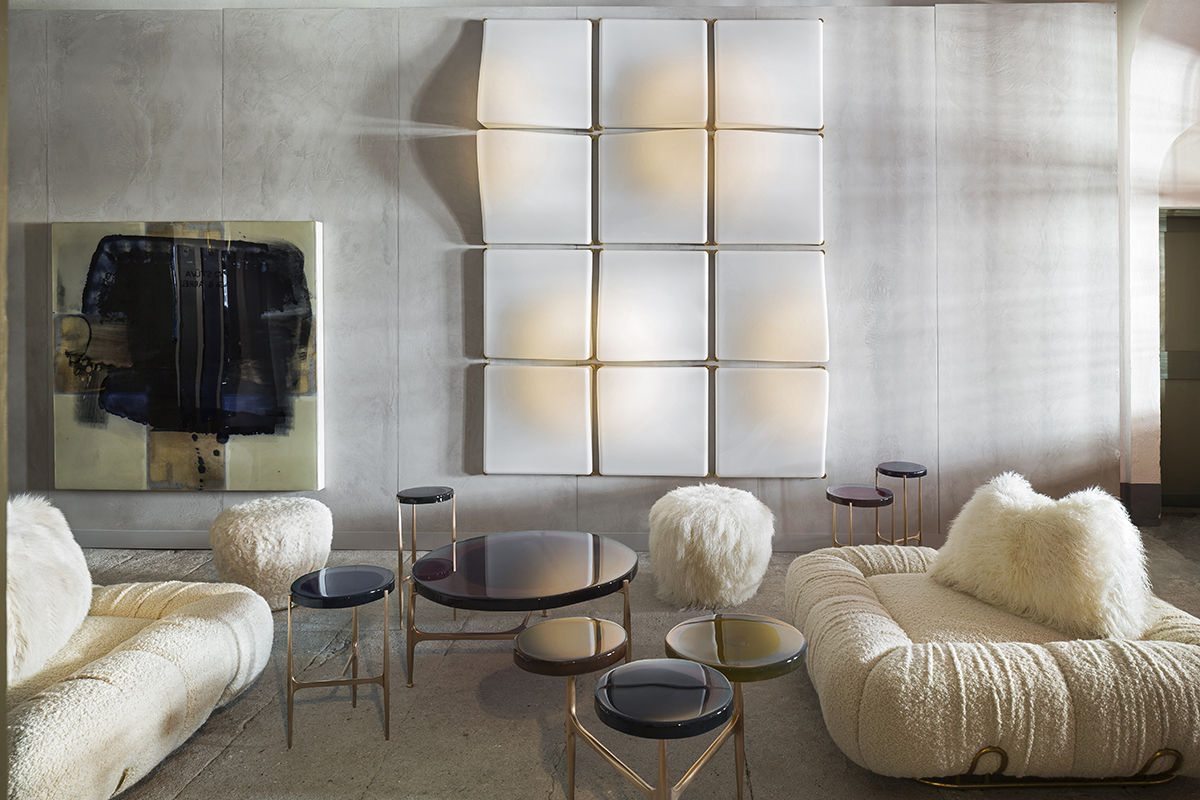
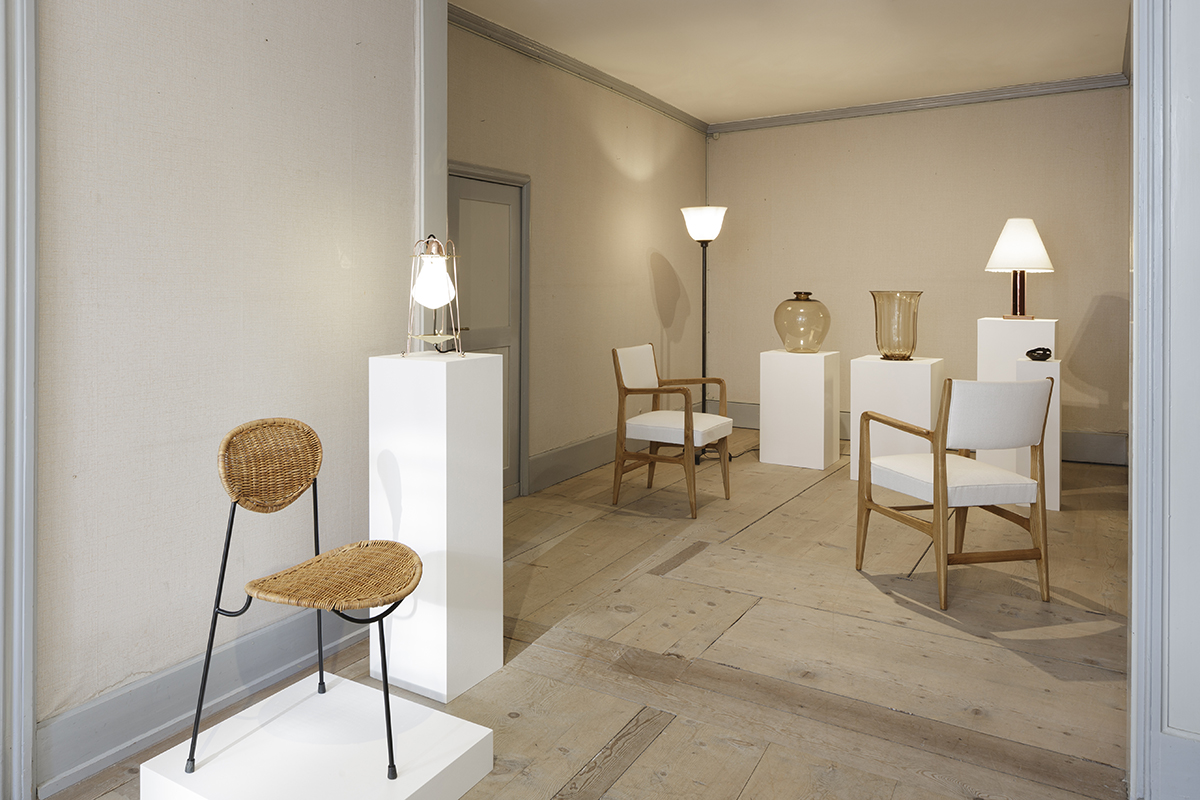
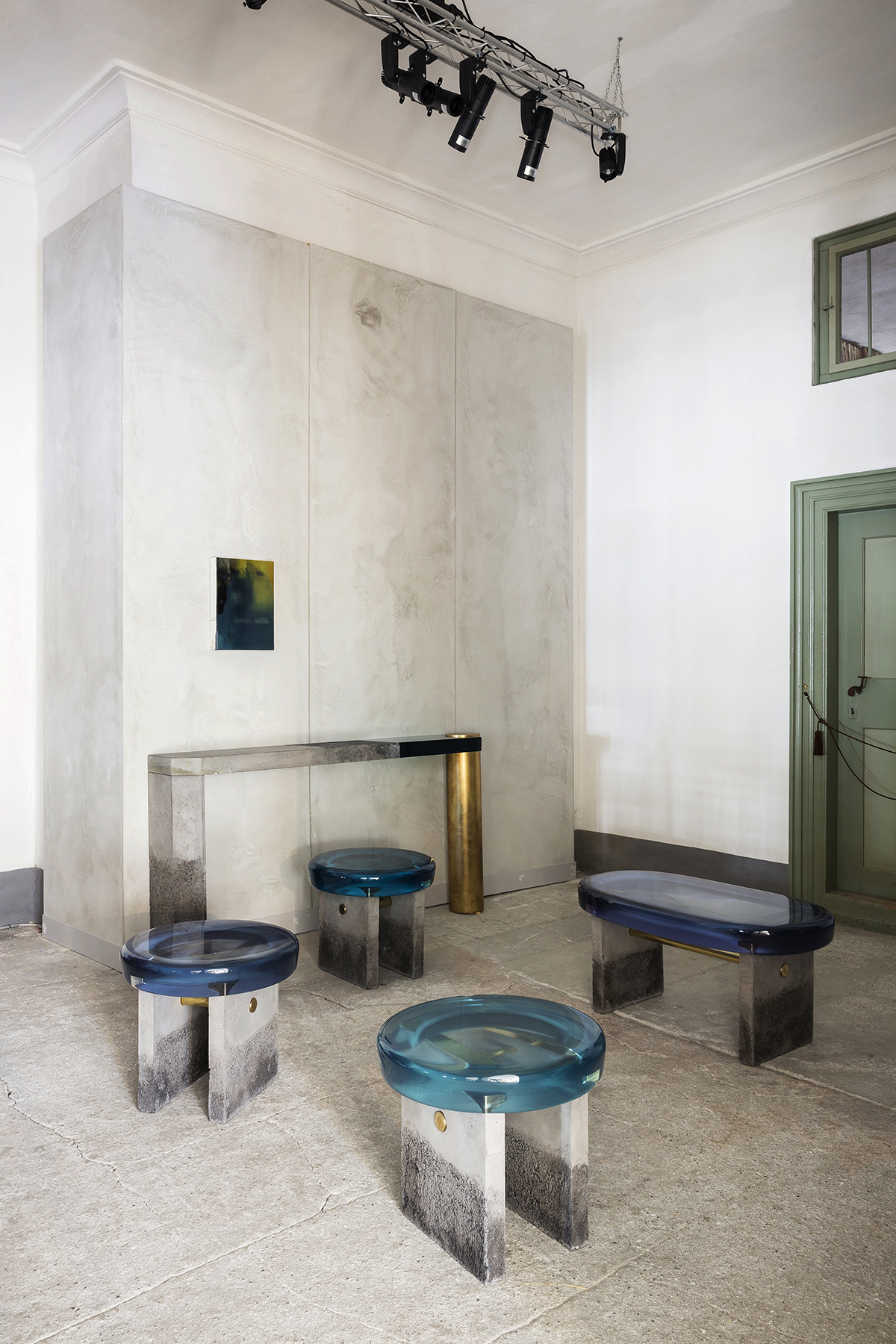
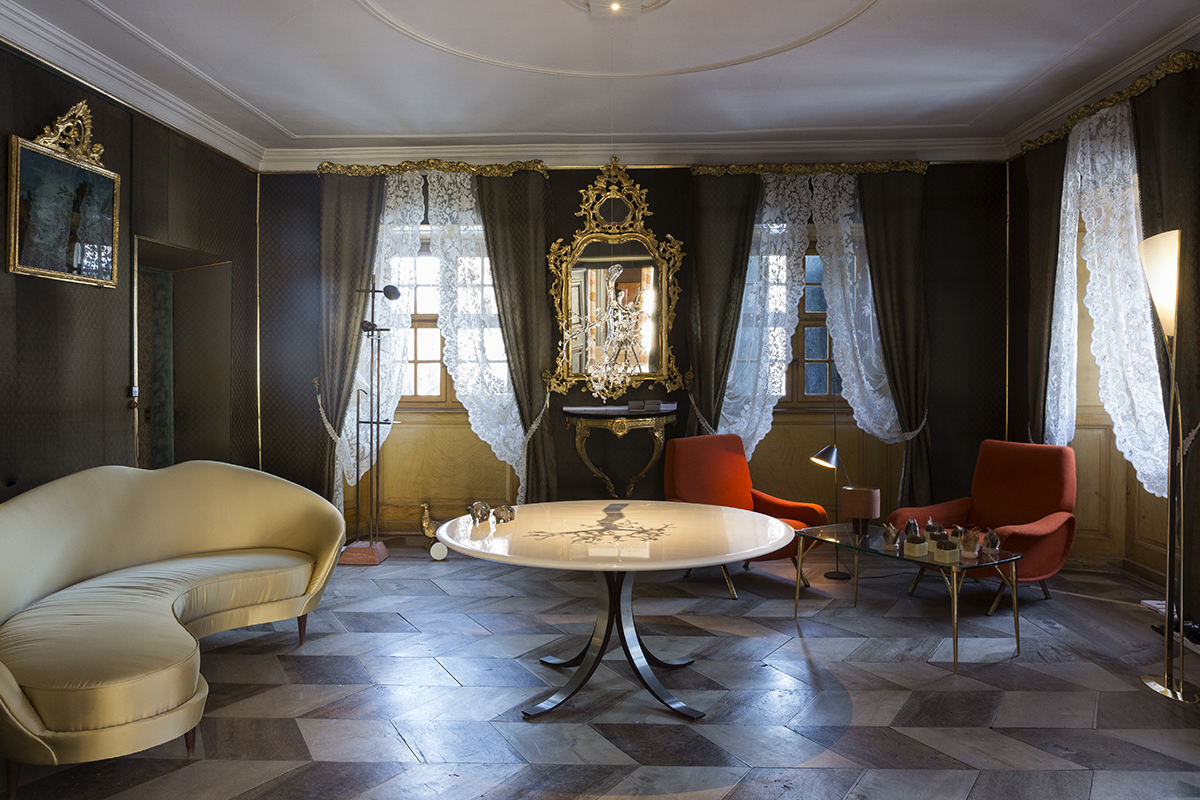

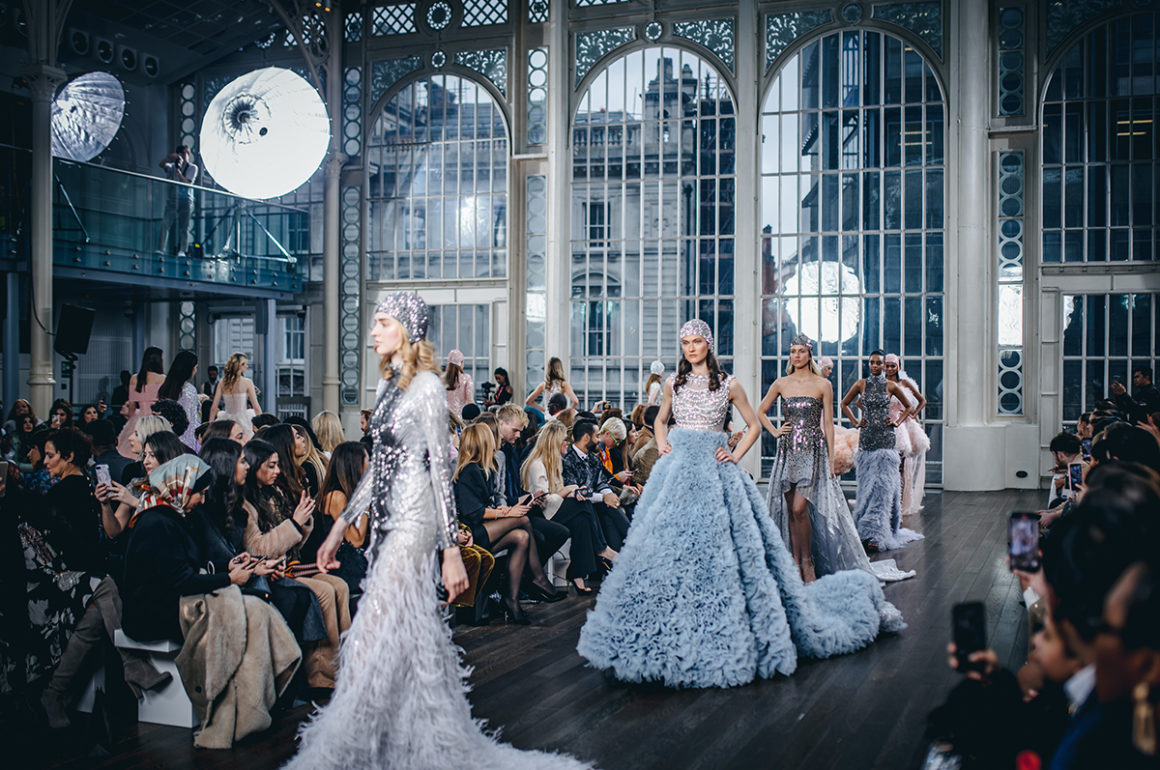

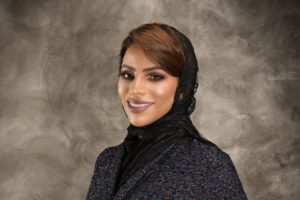

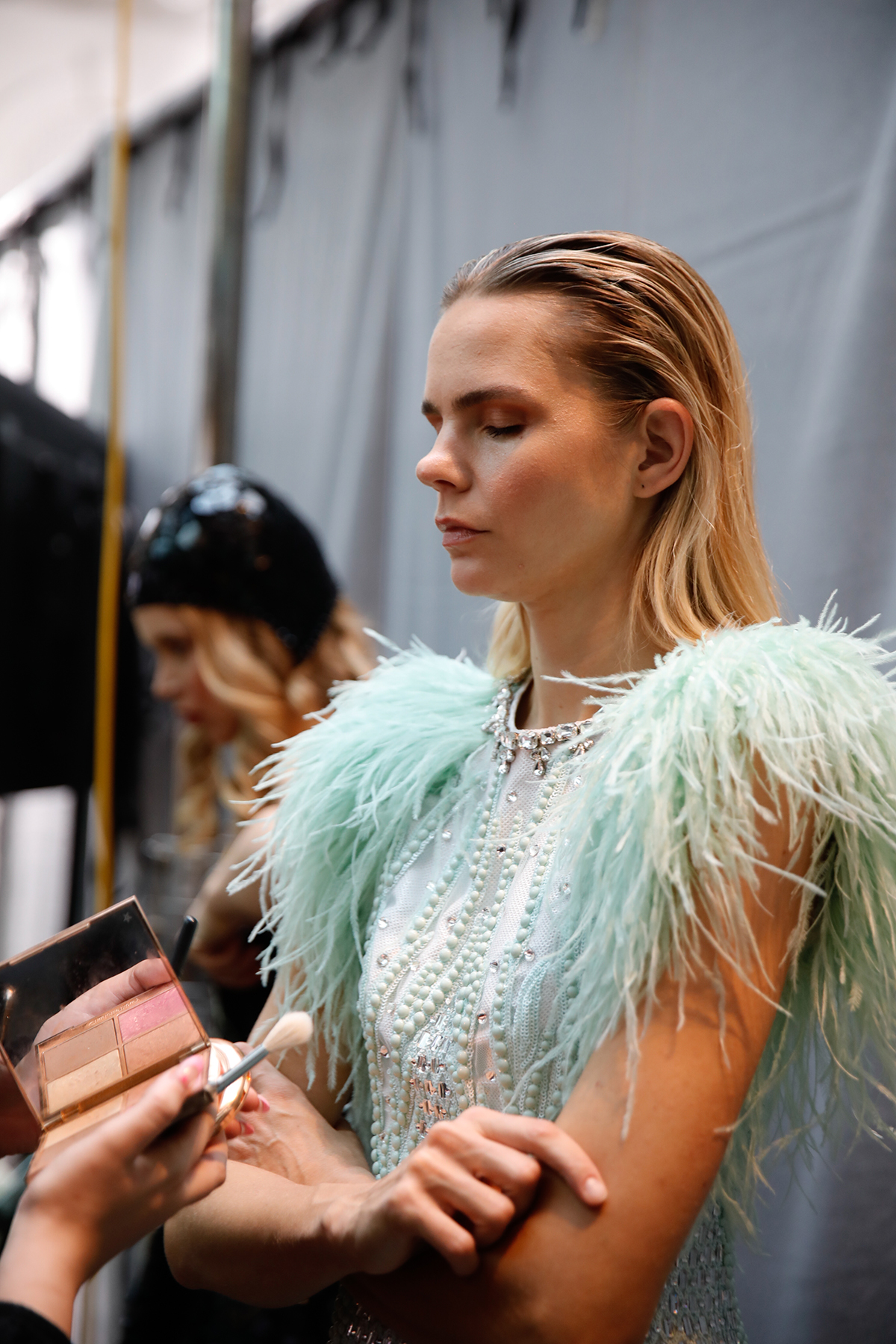
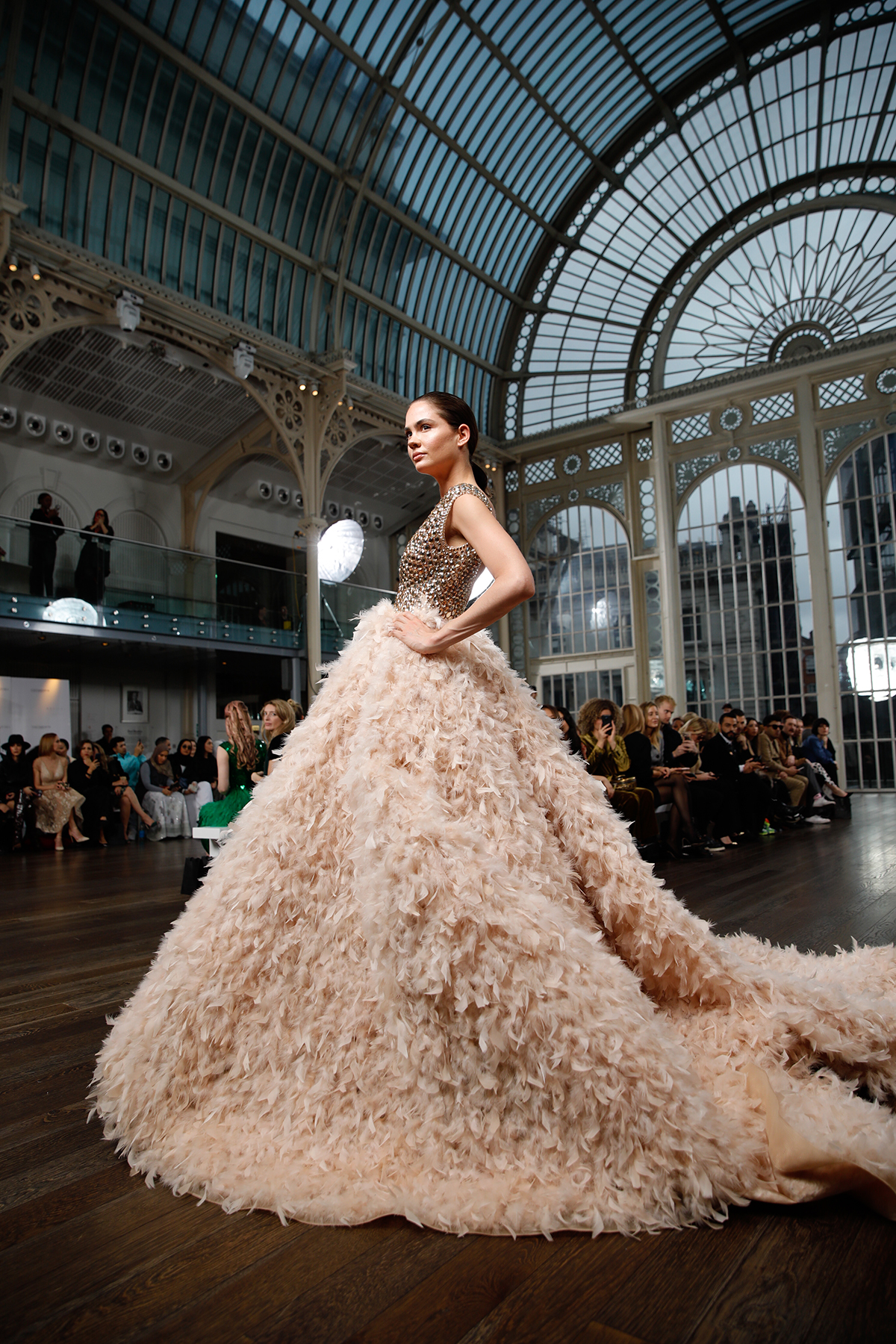


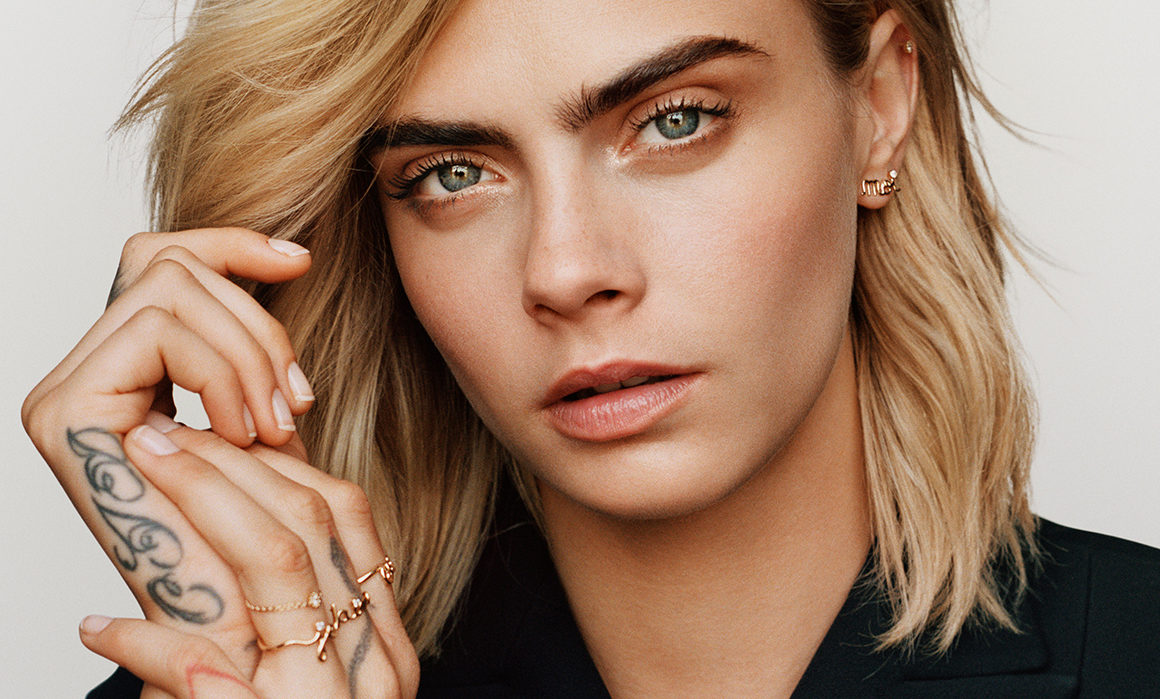
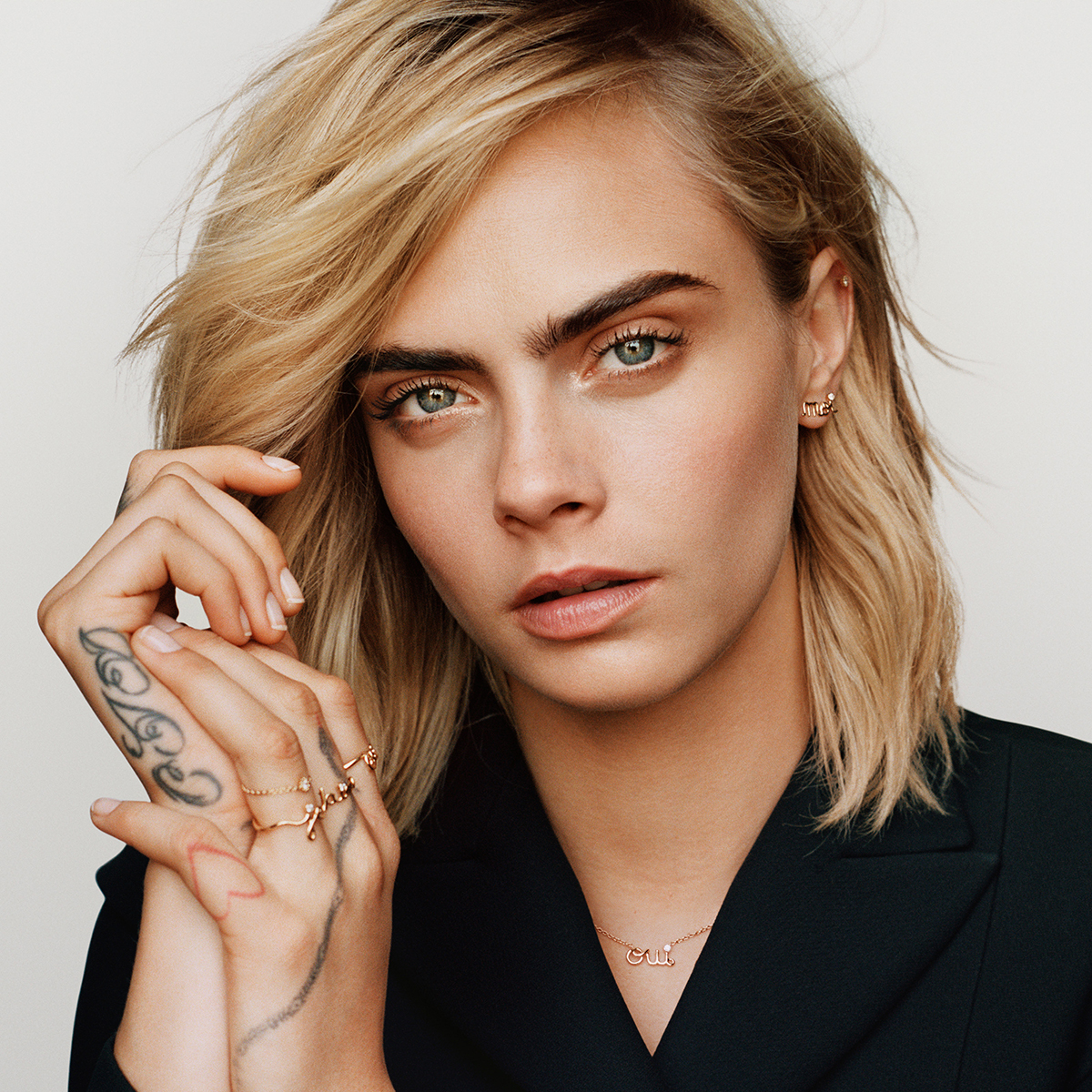
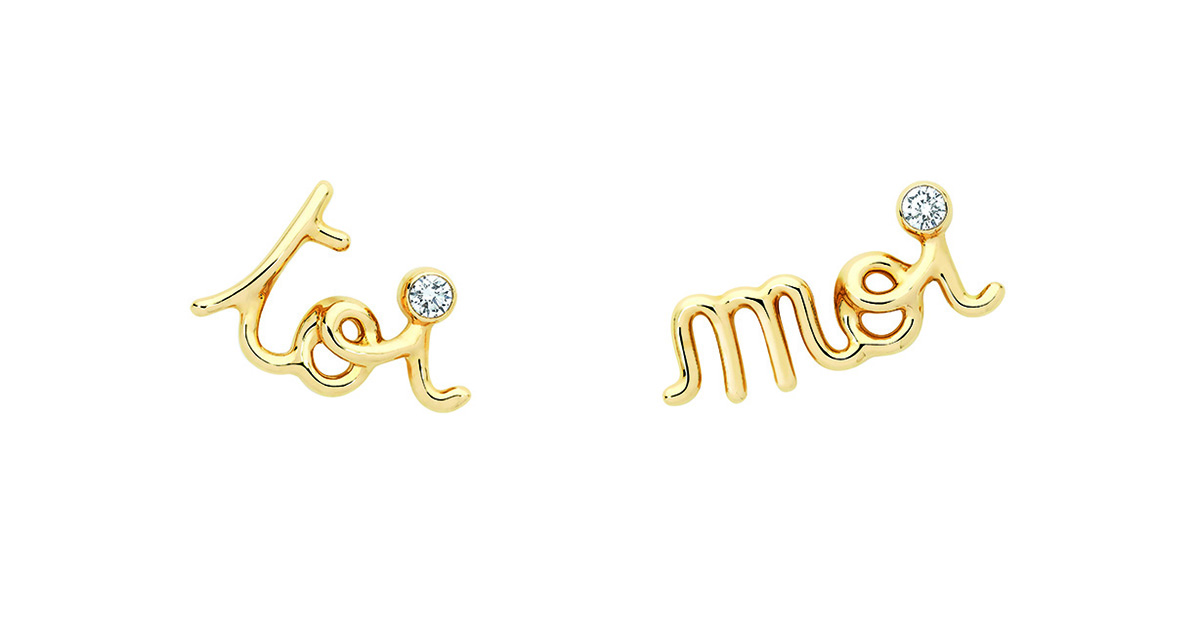
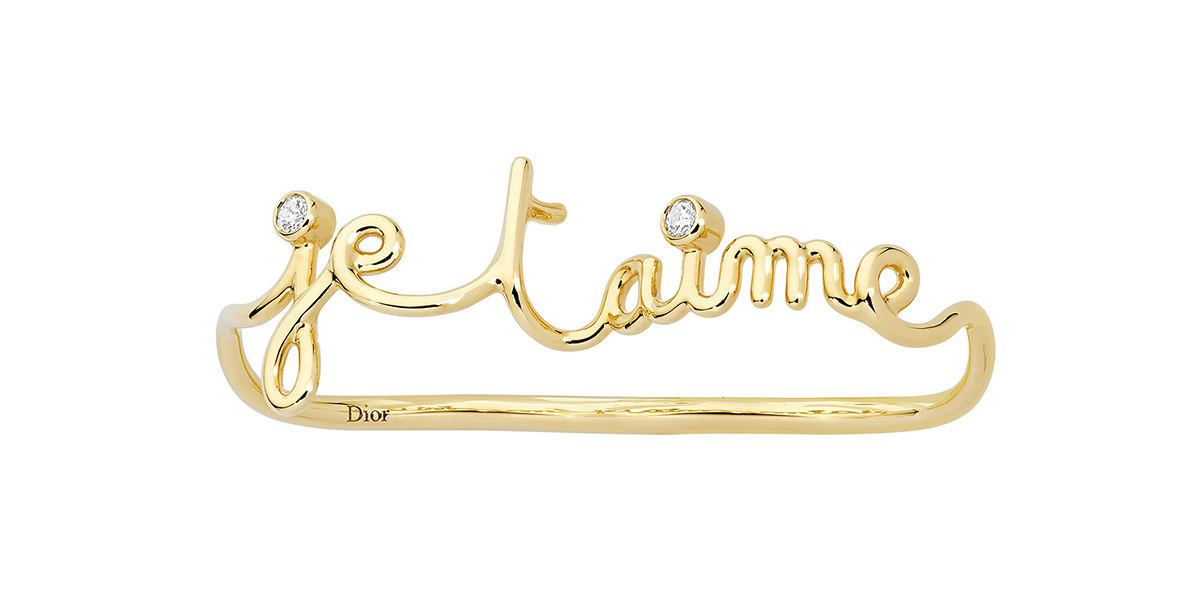
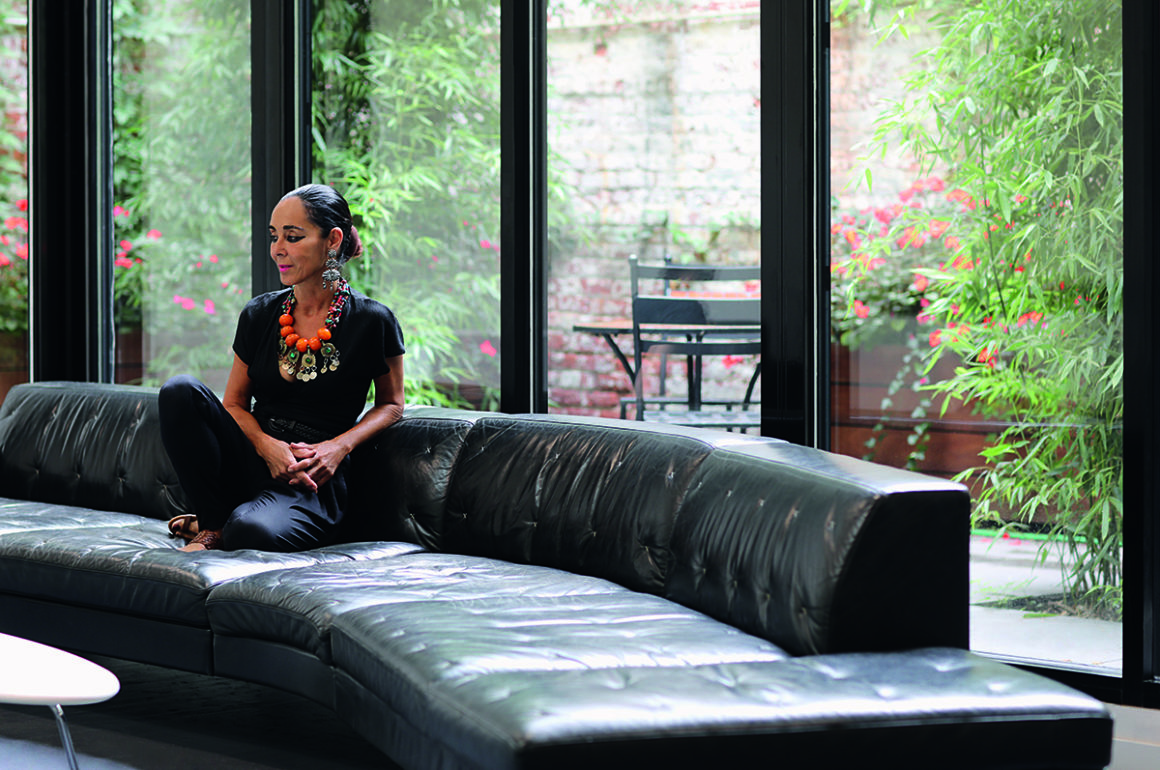
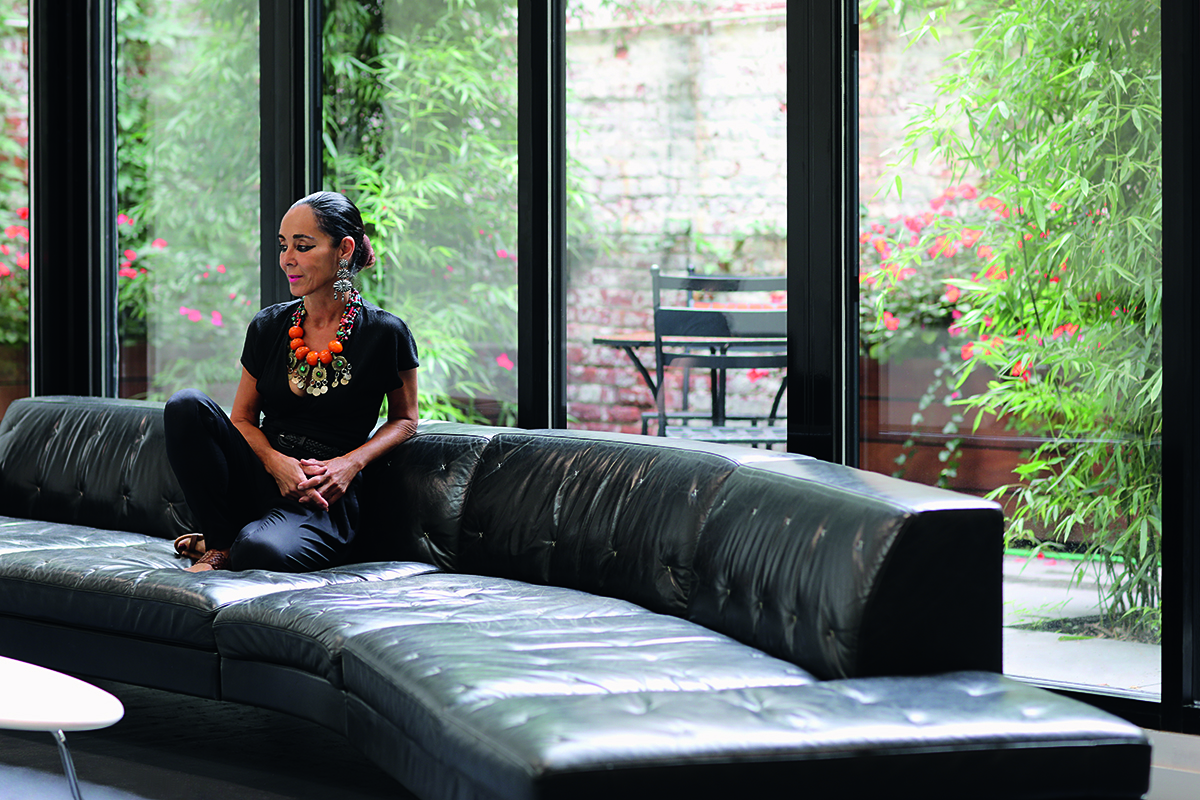
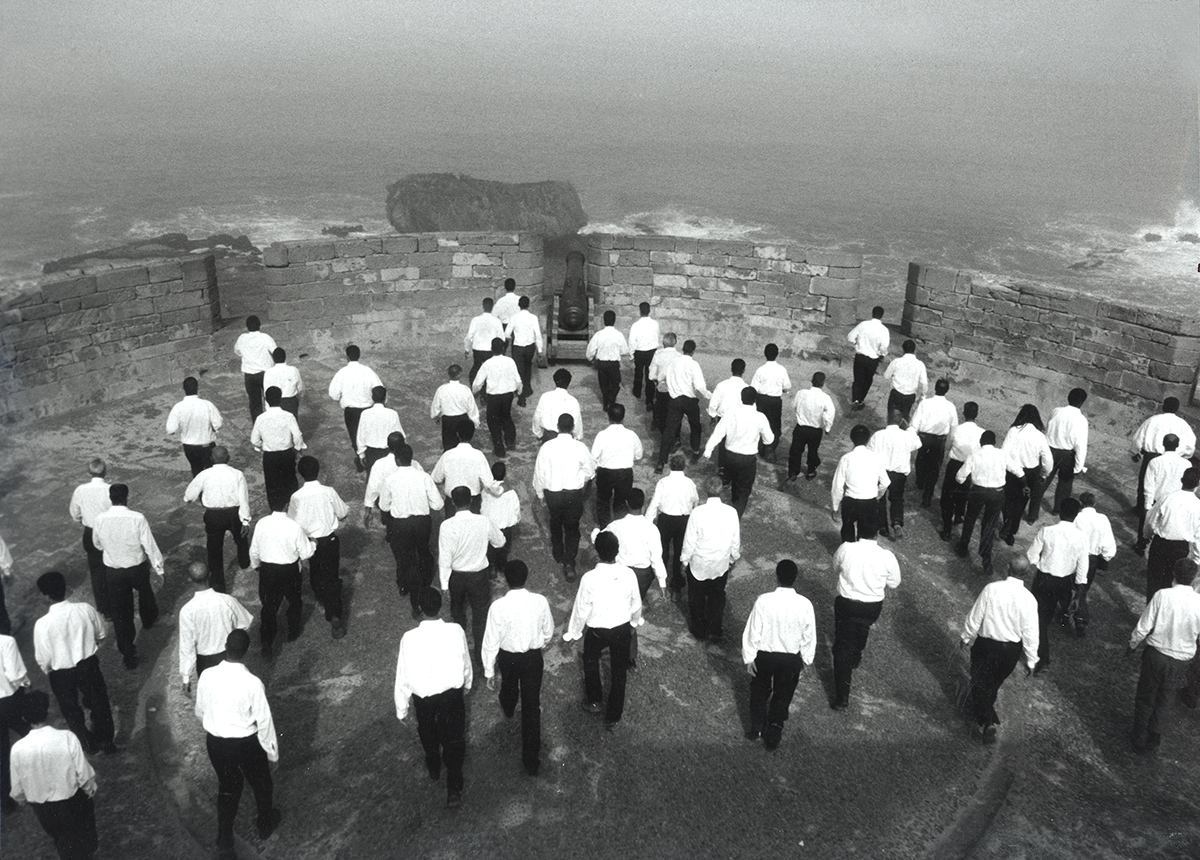
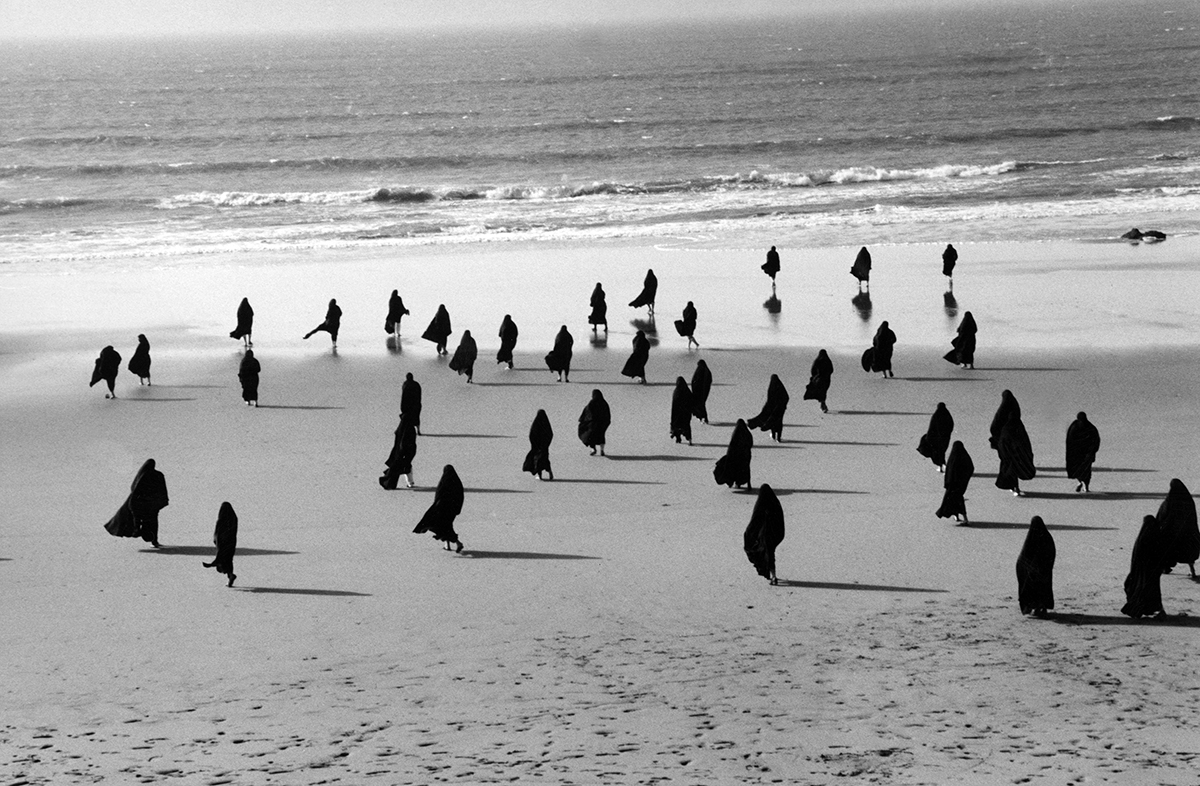
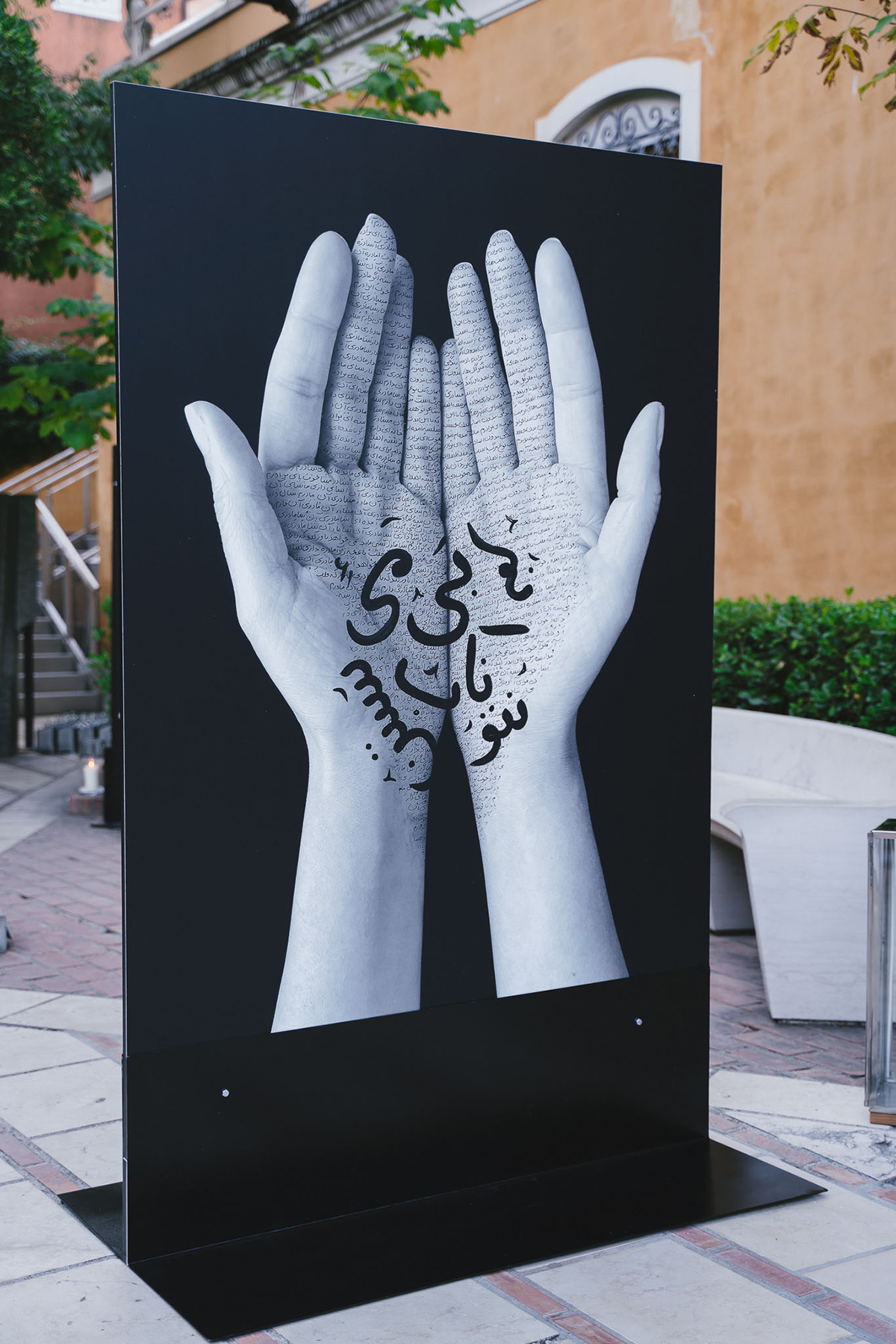
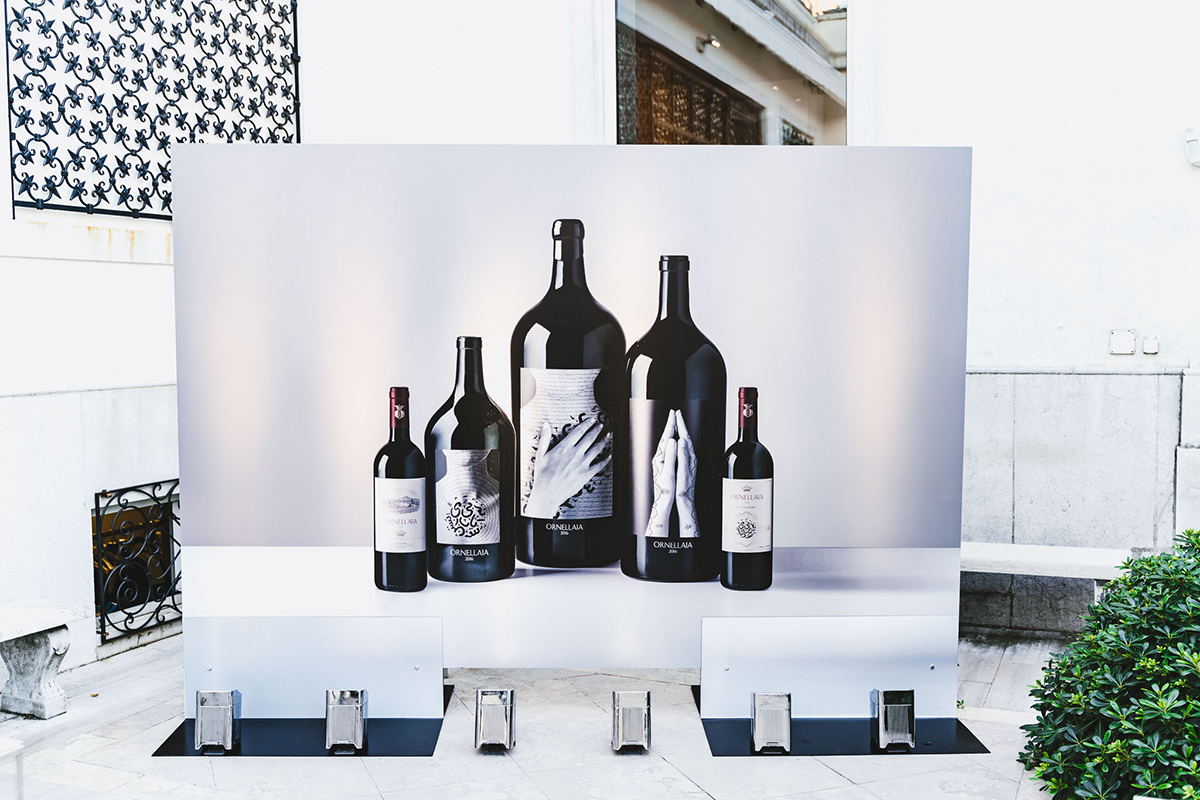
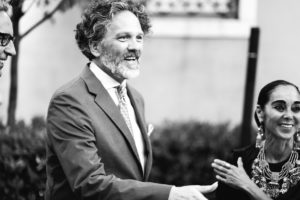
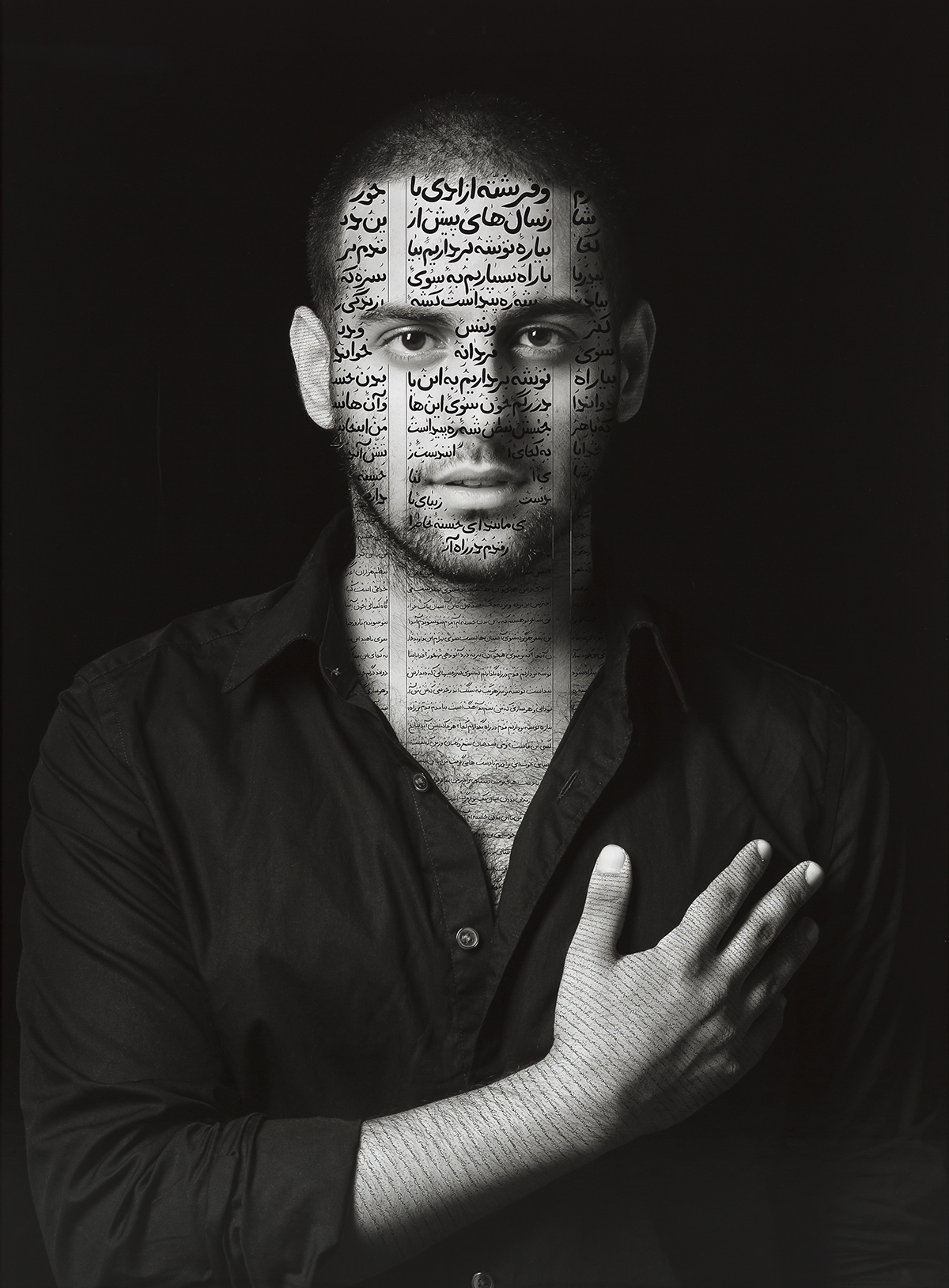
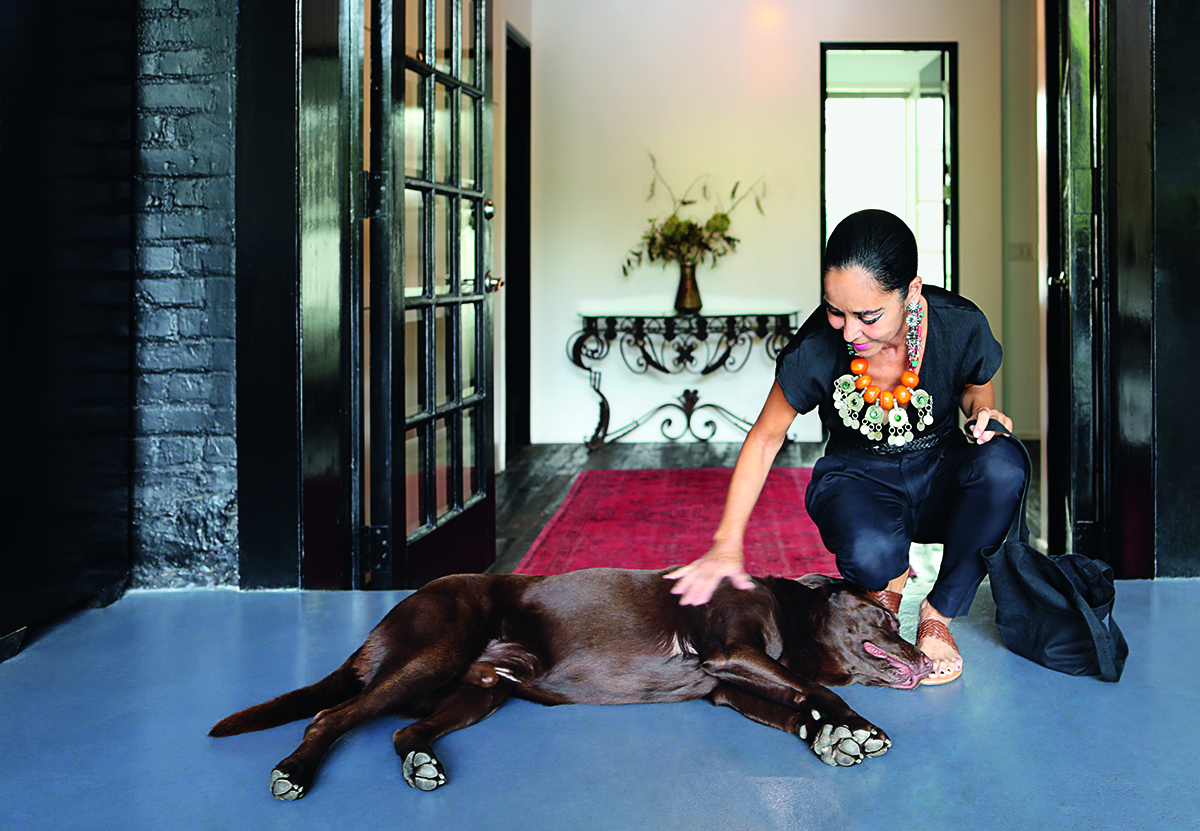
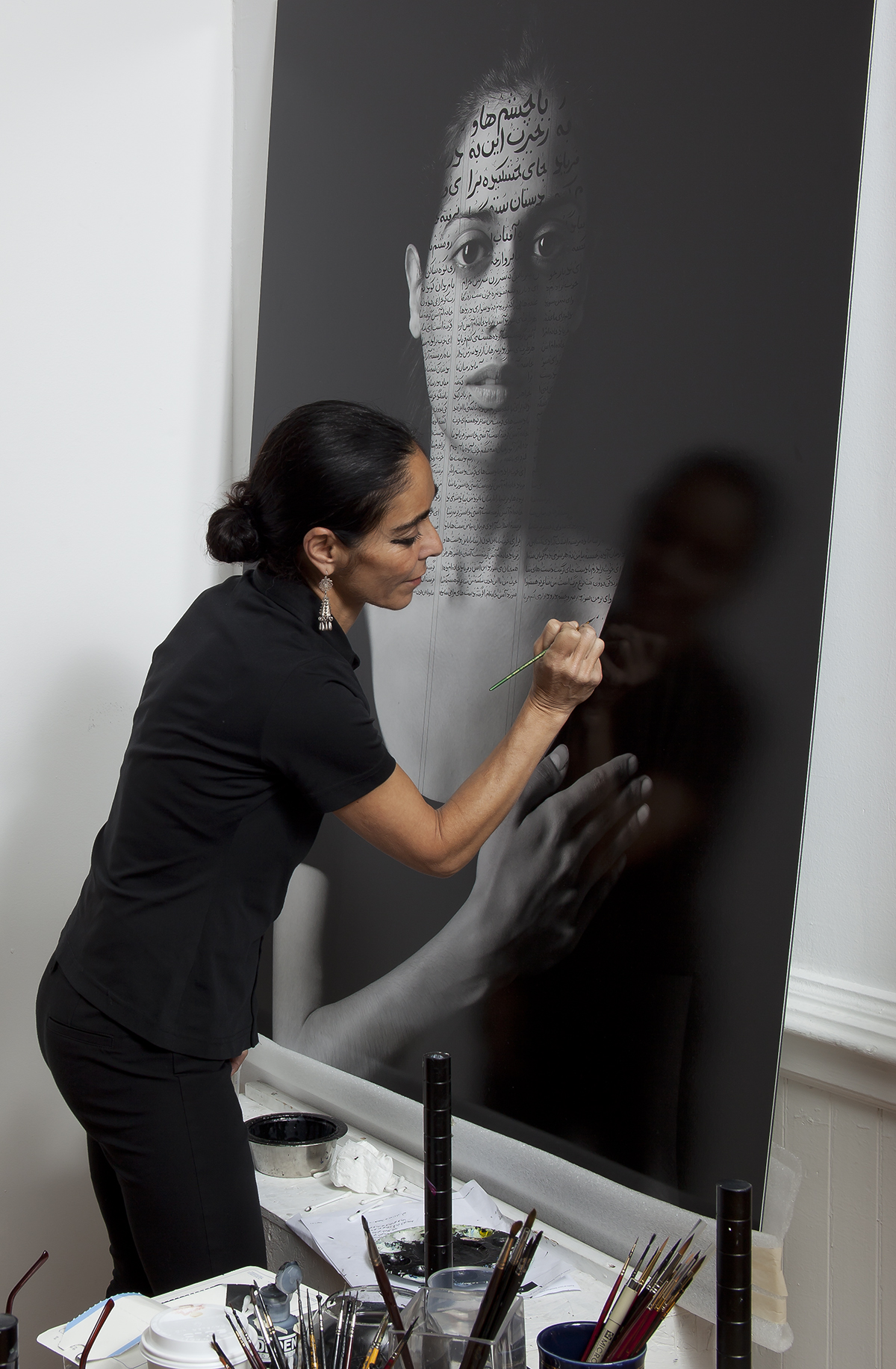
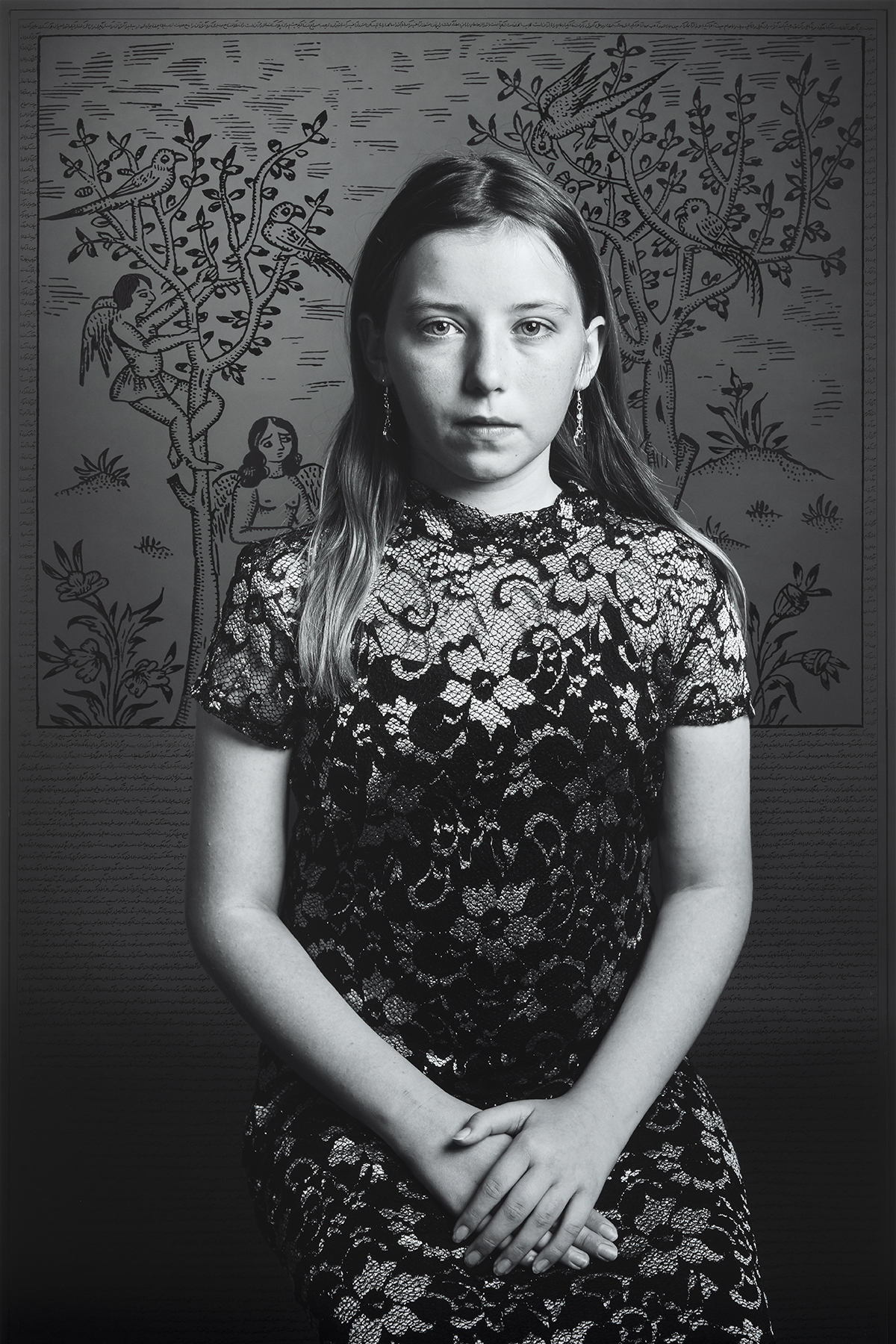
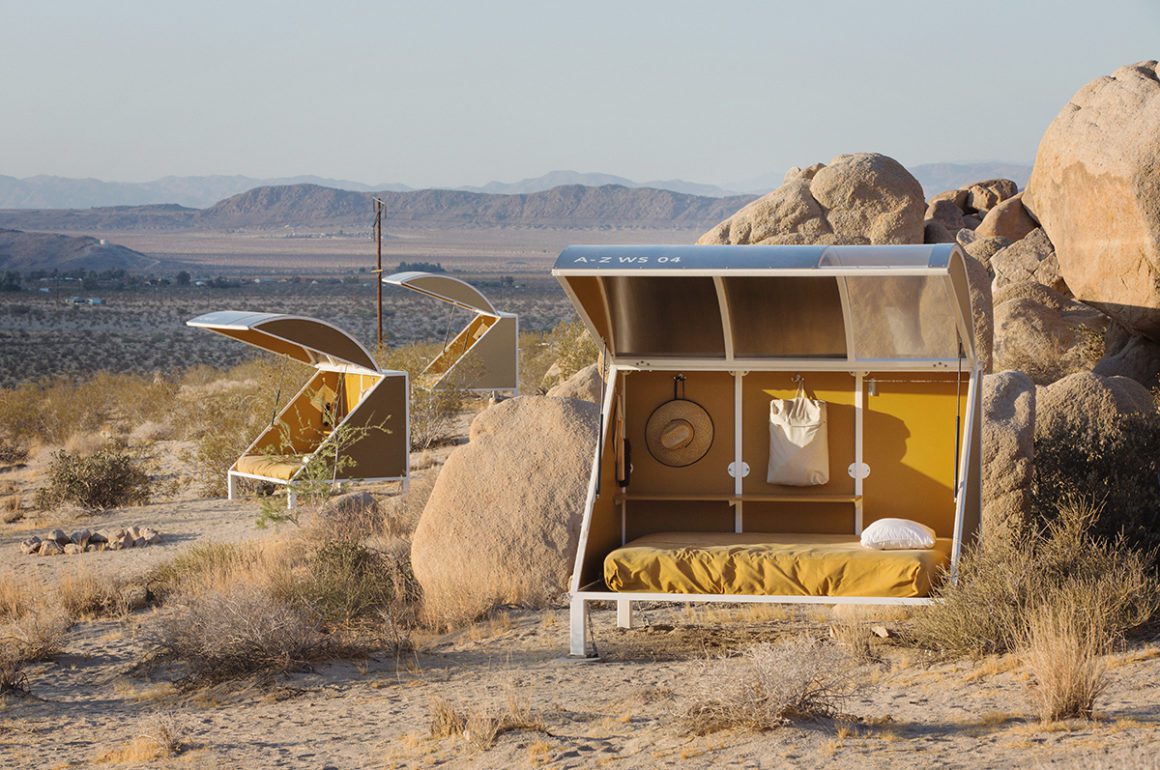
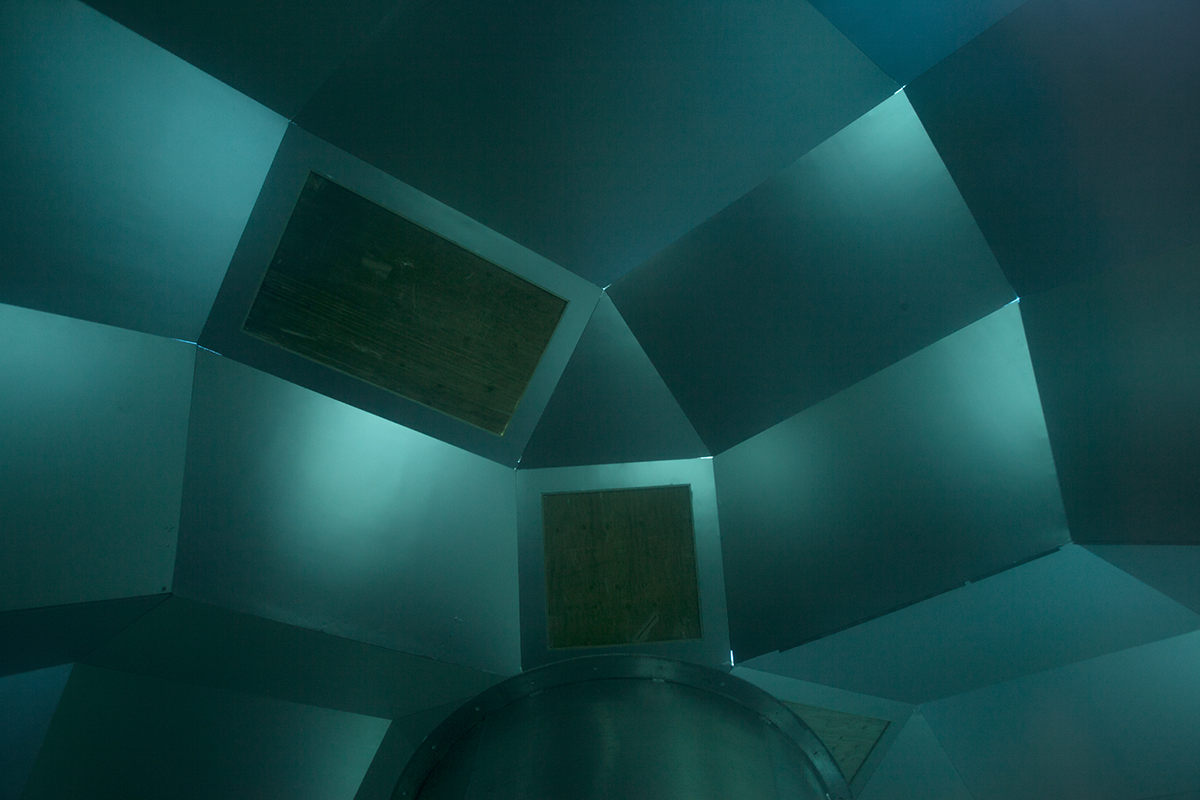








Recent Comments